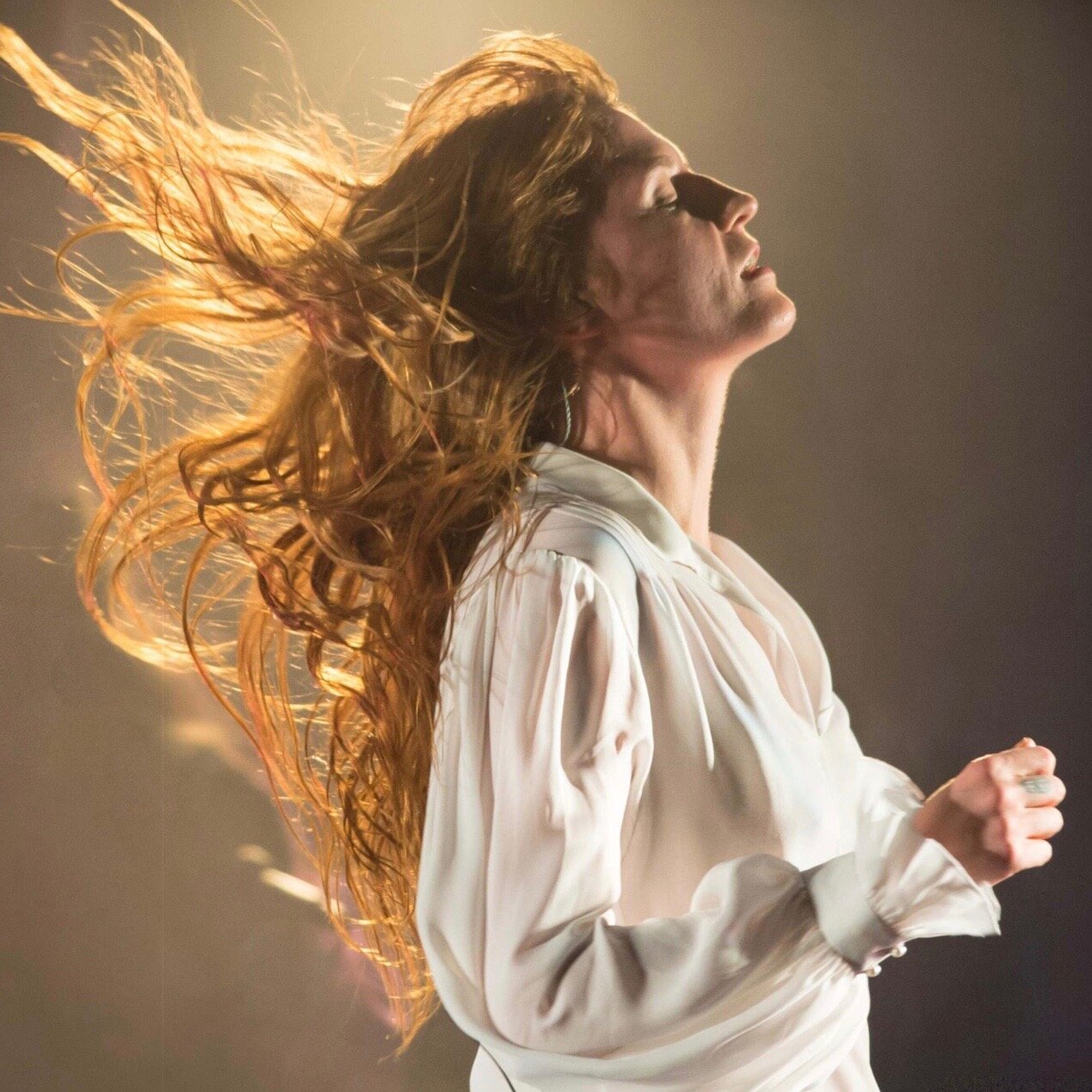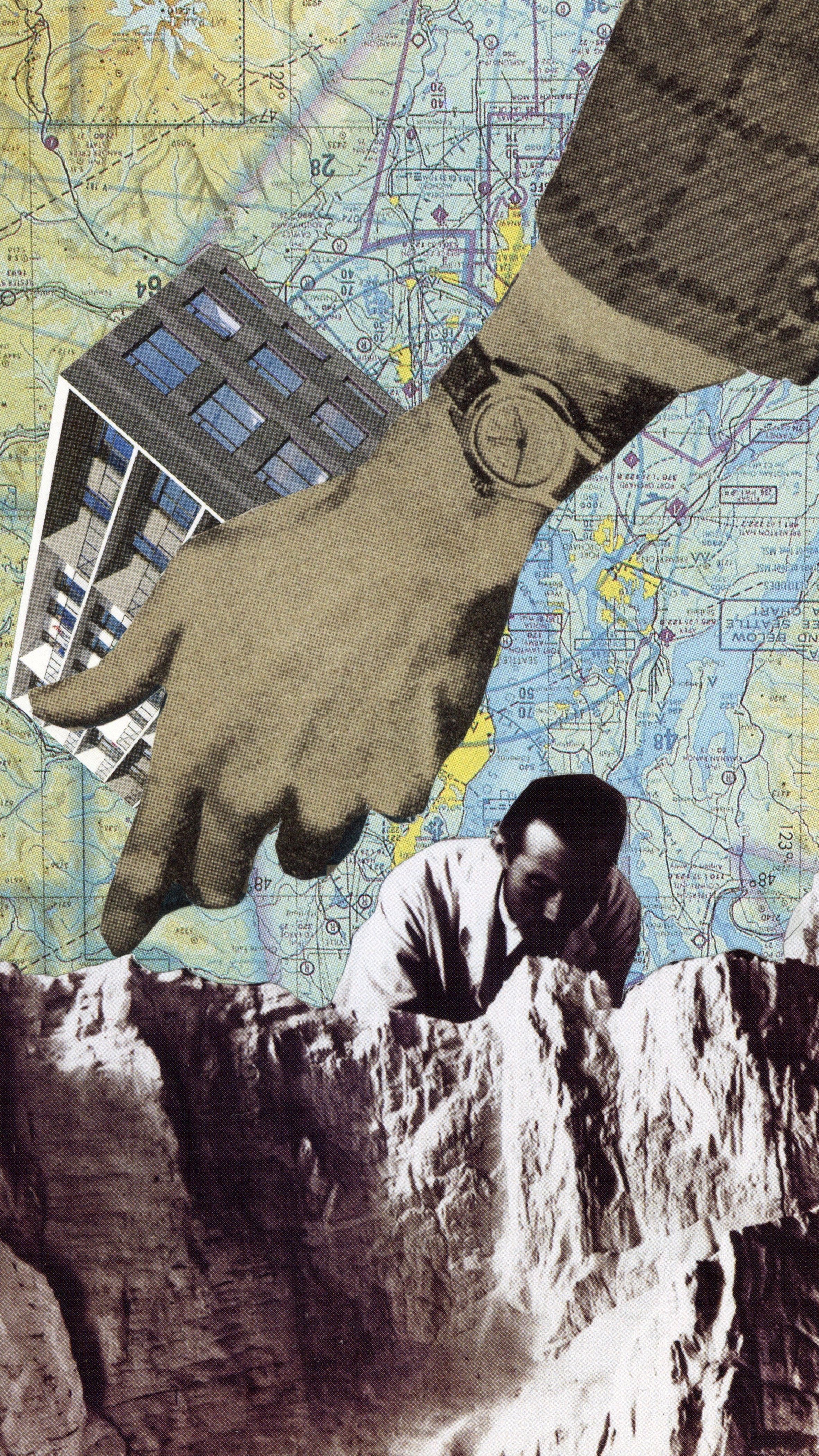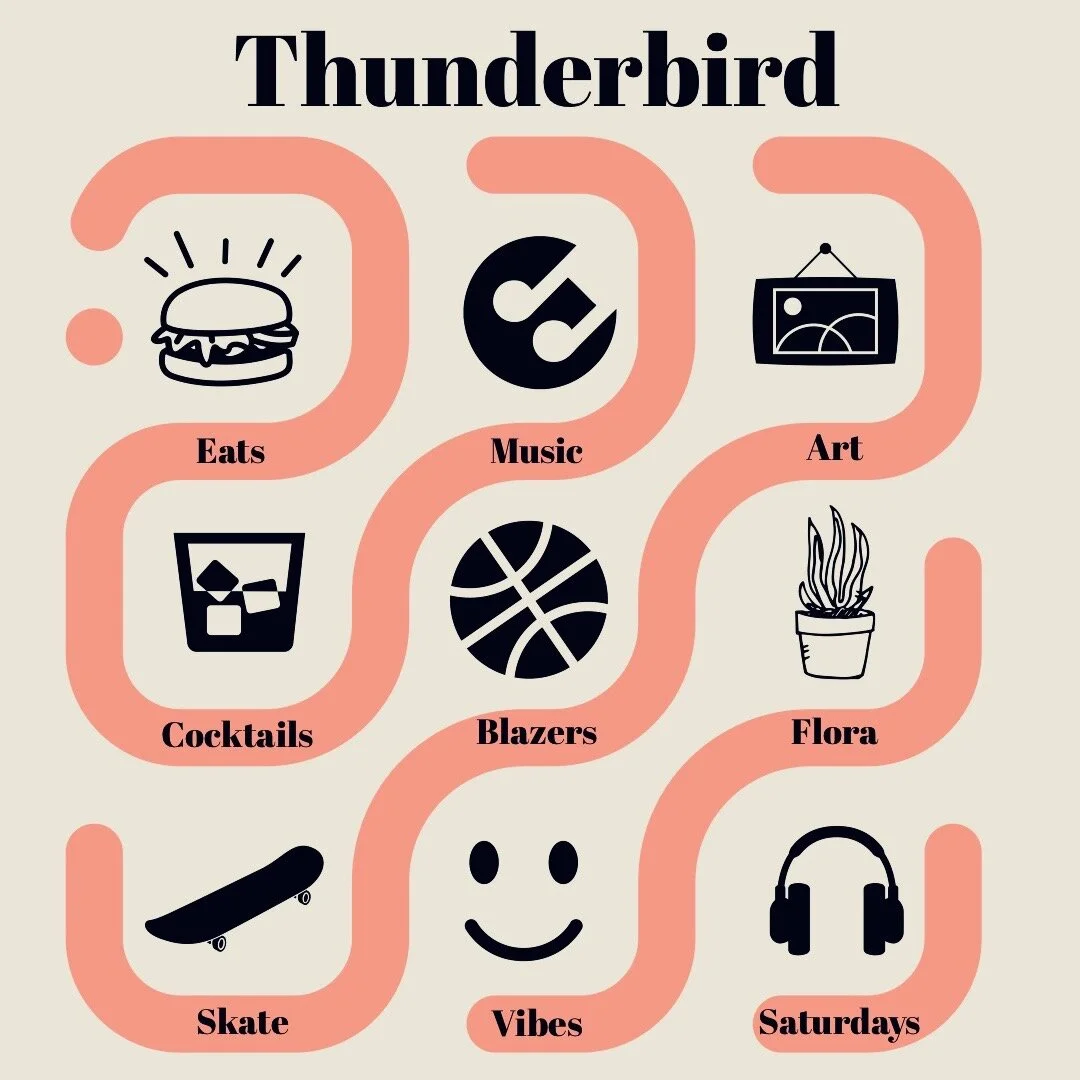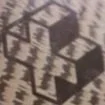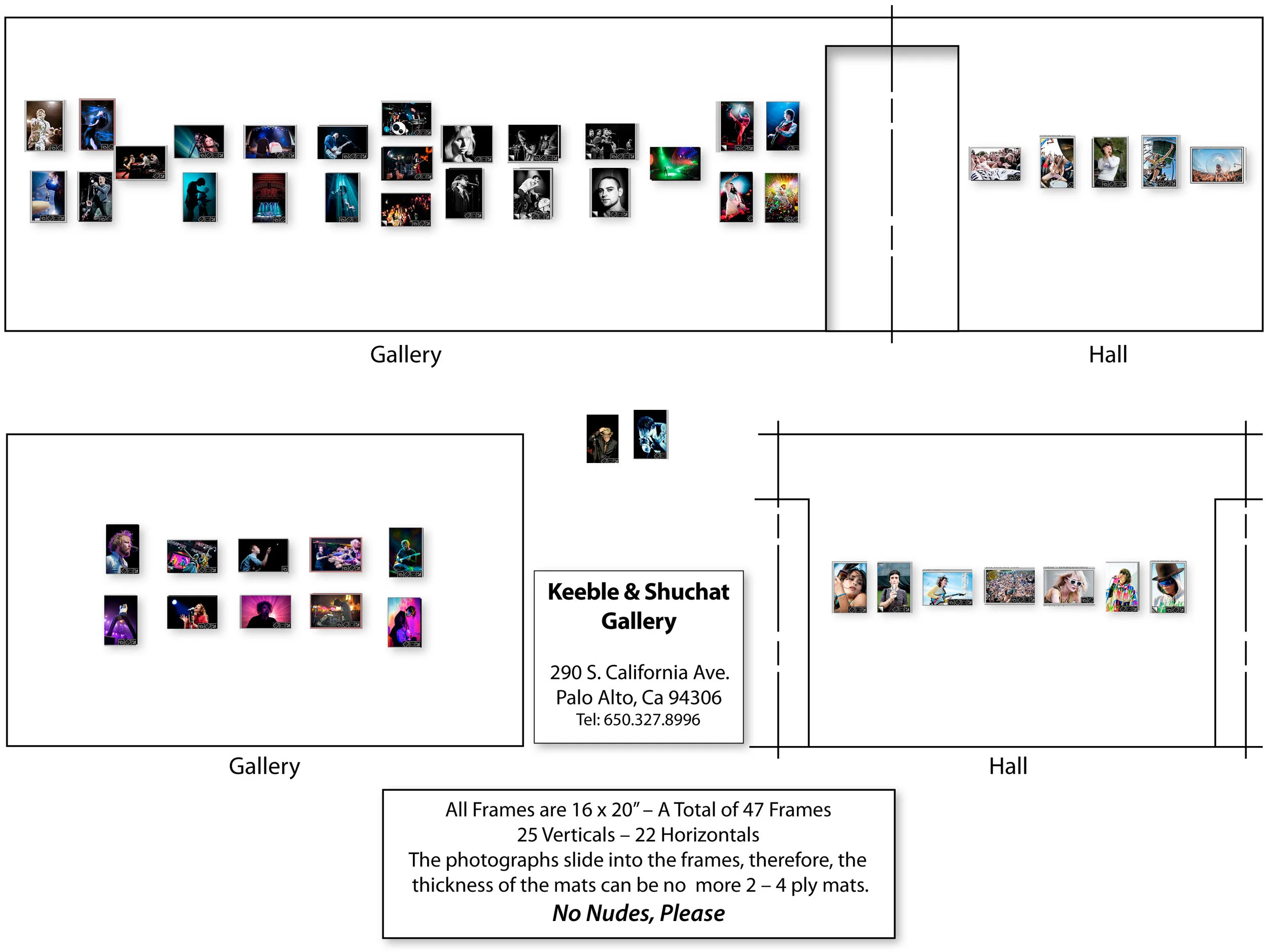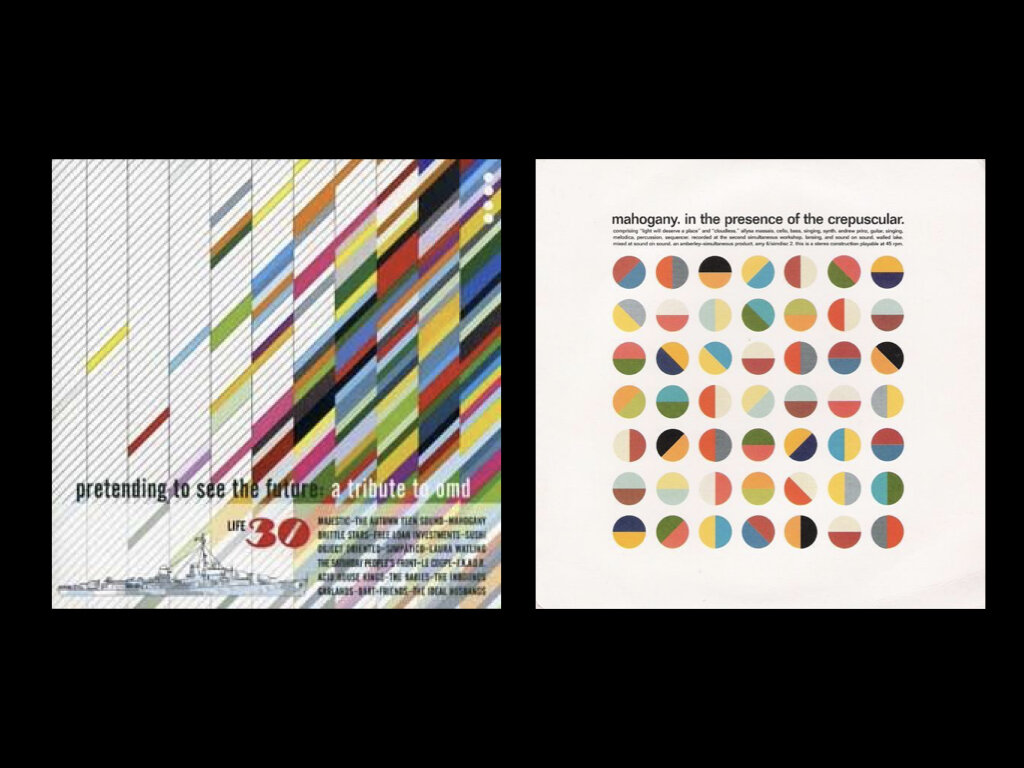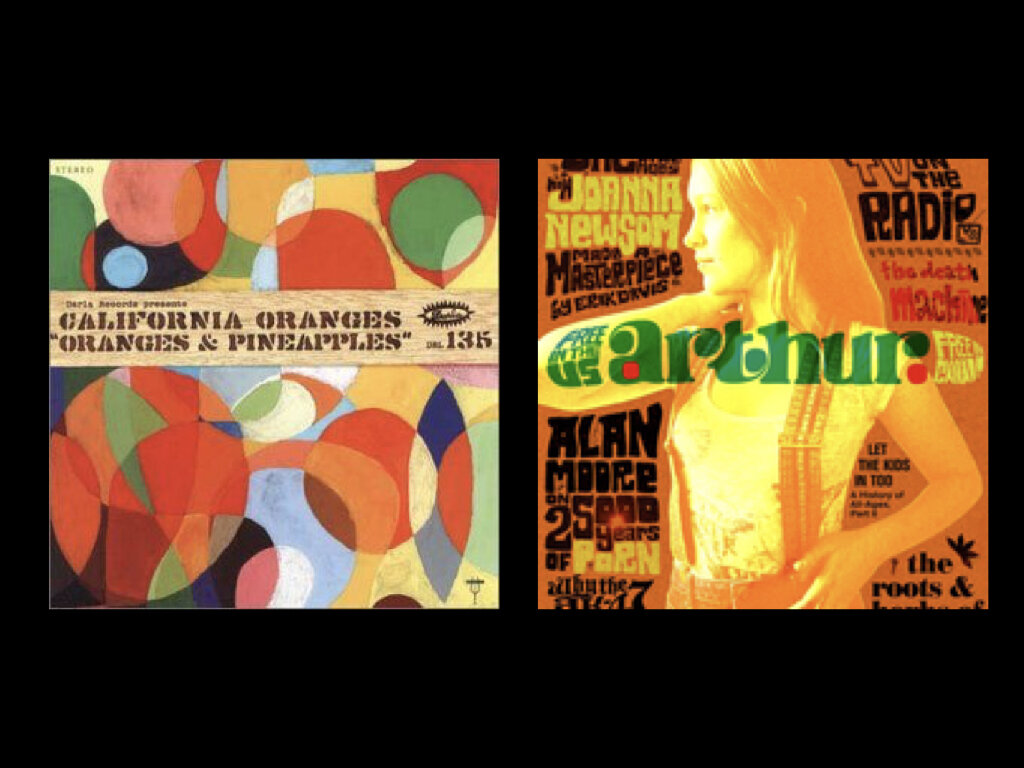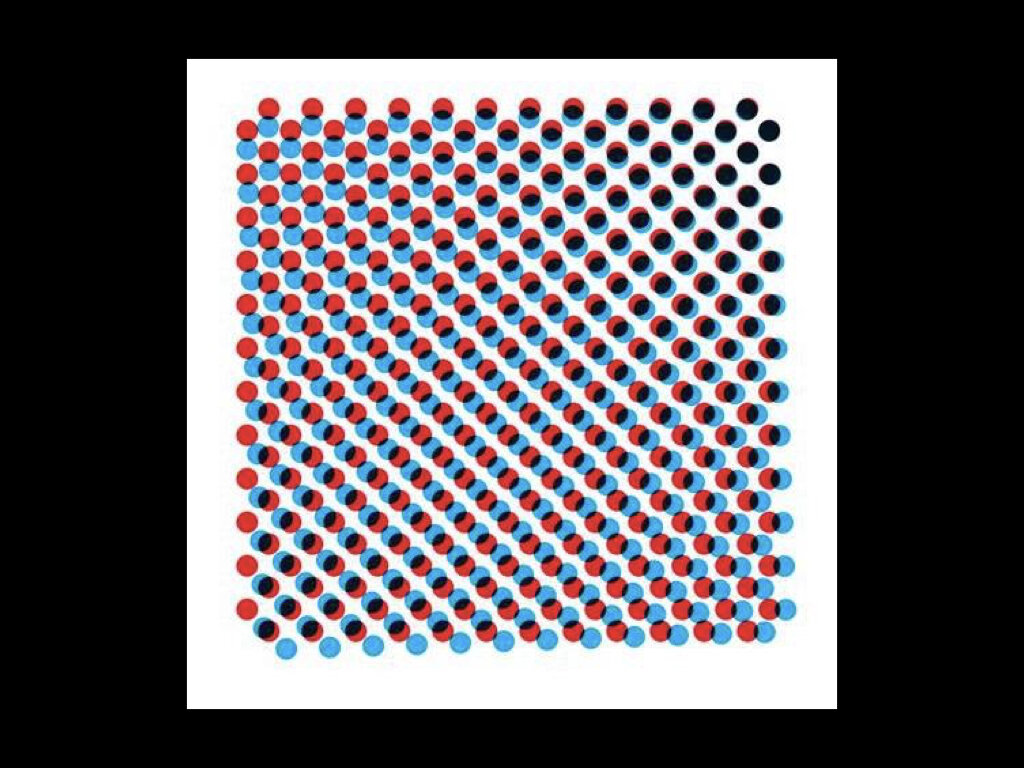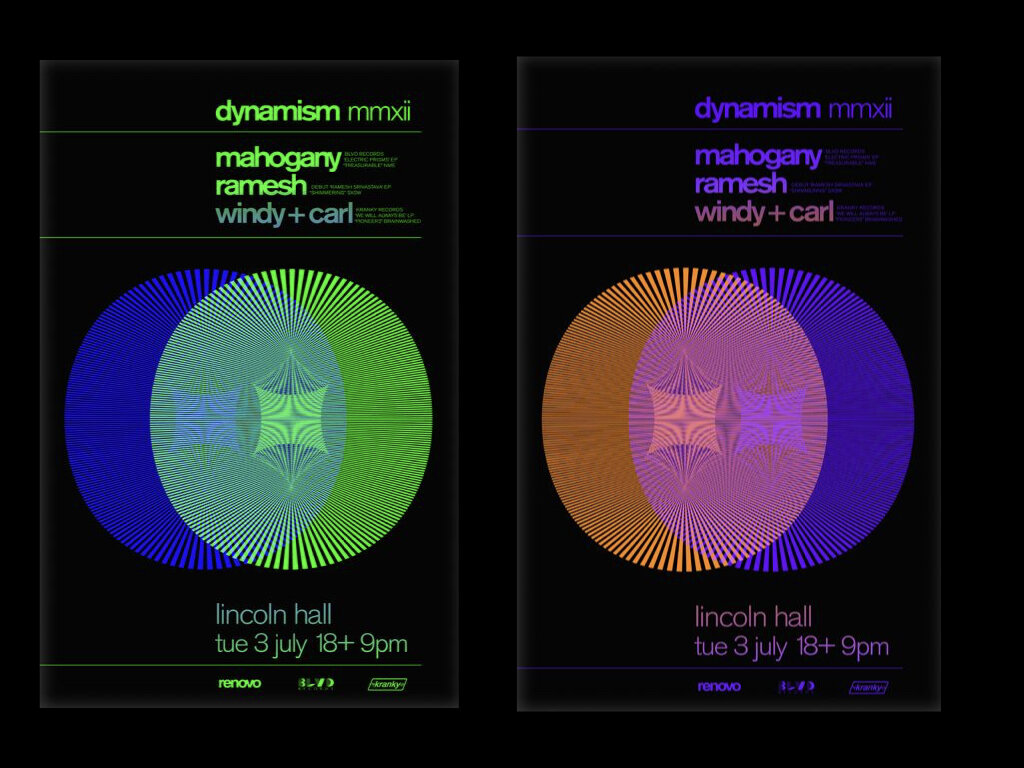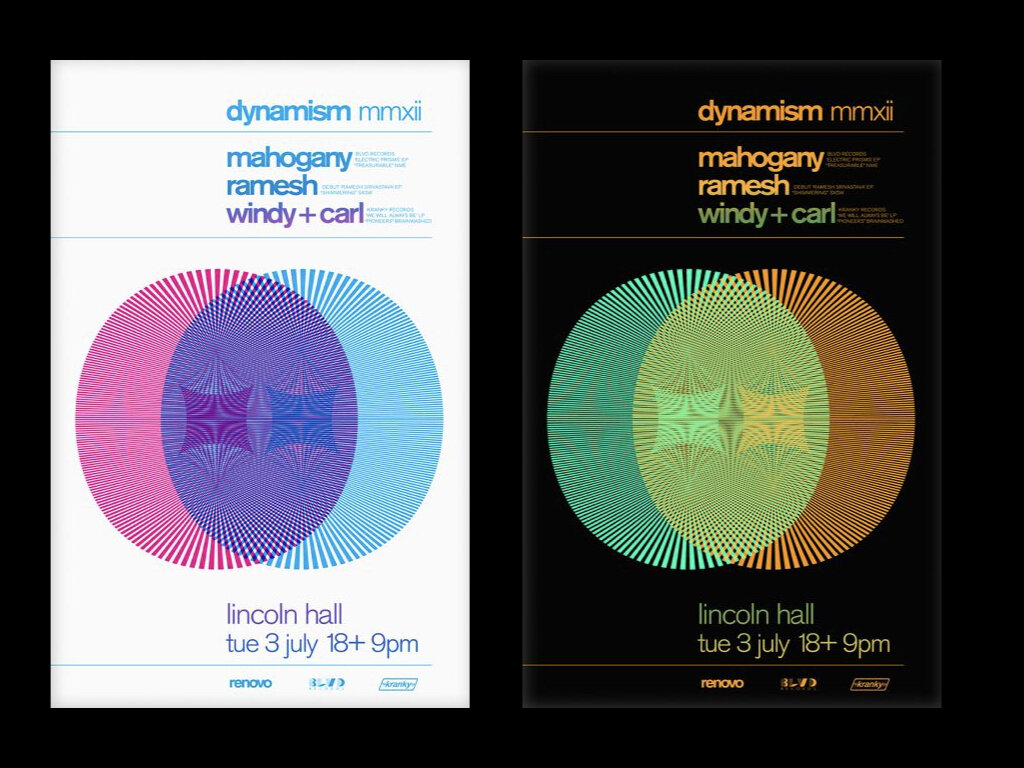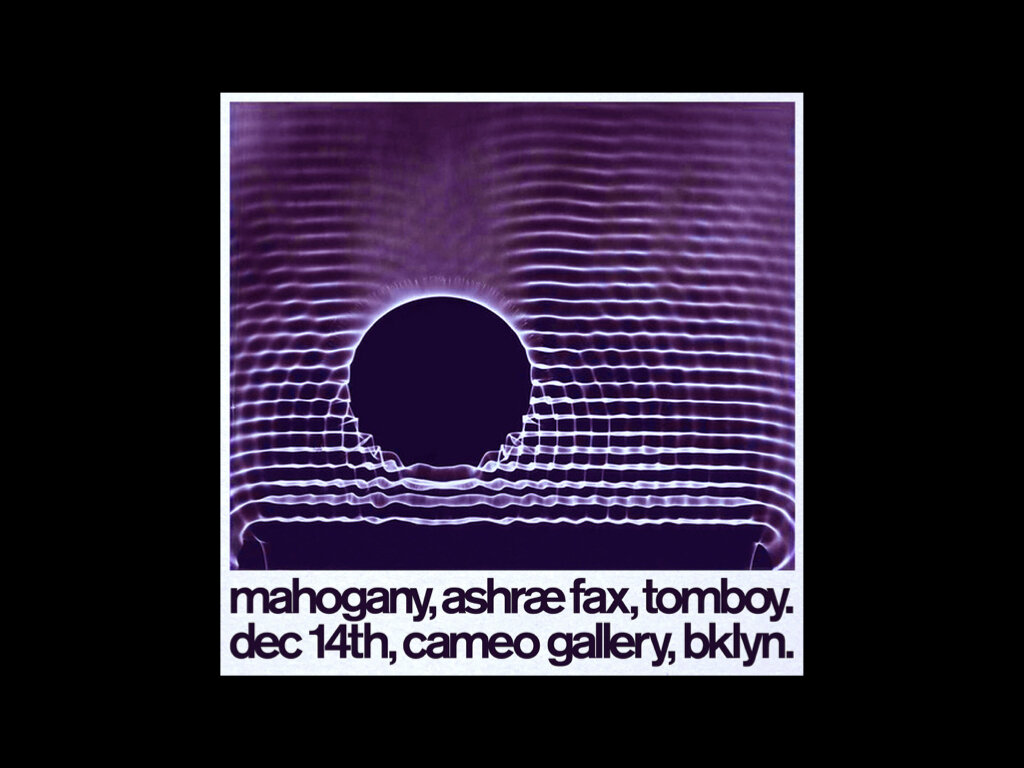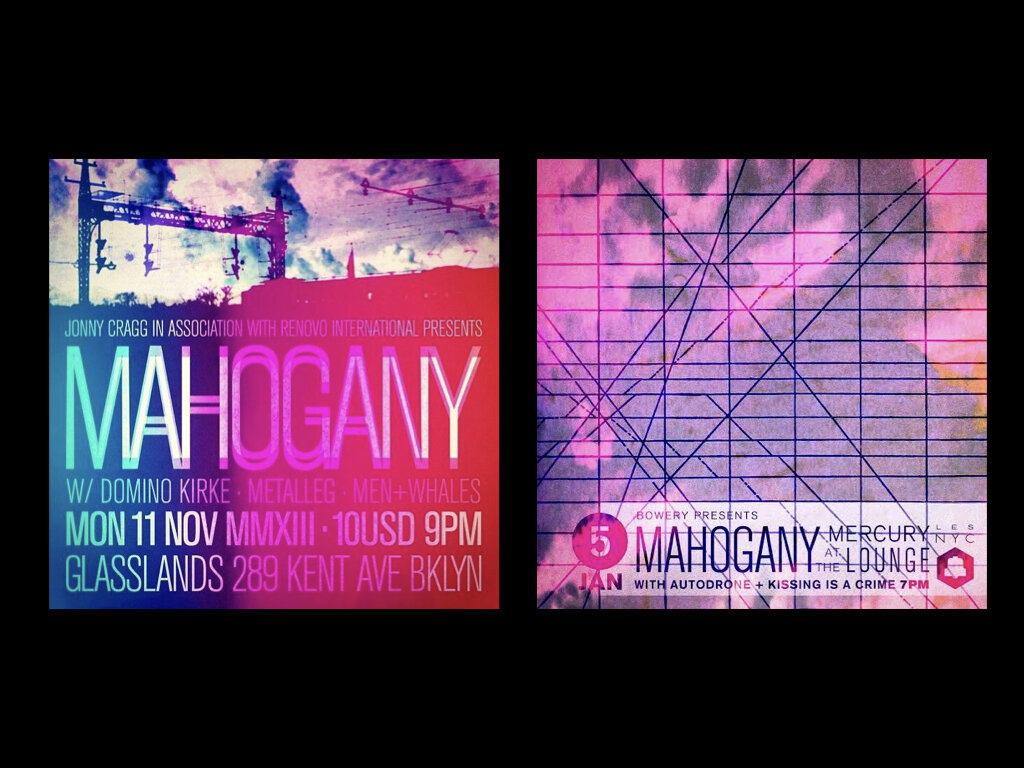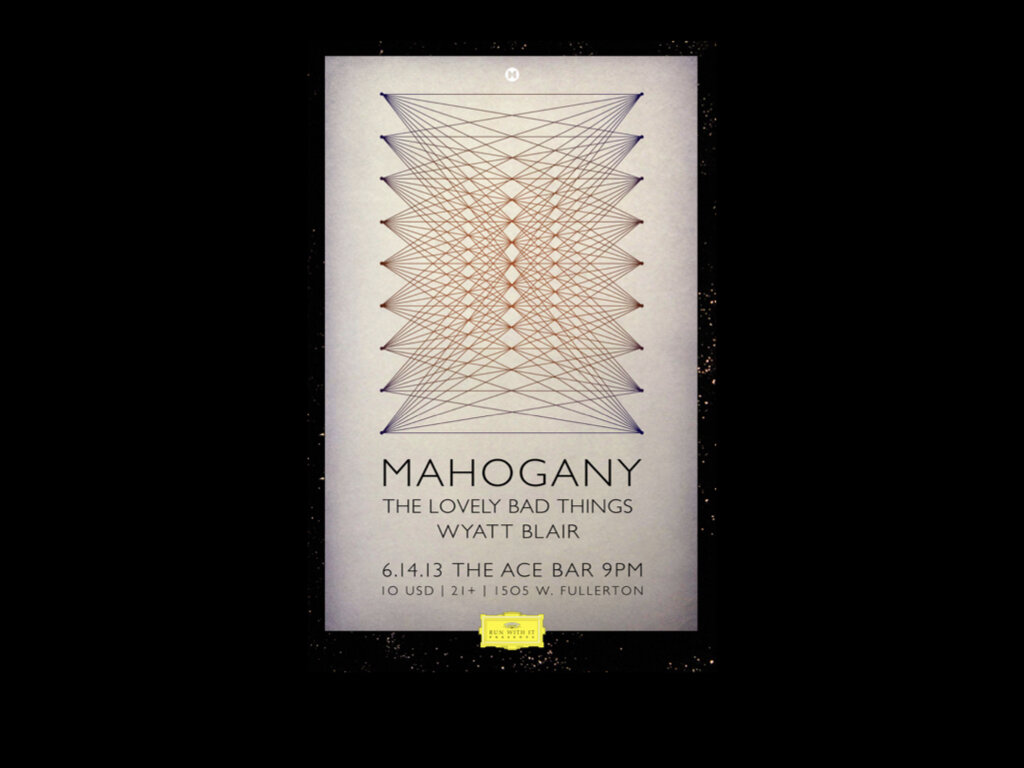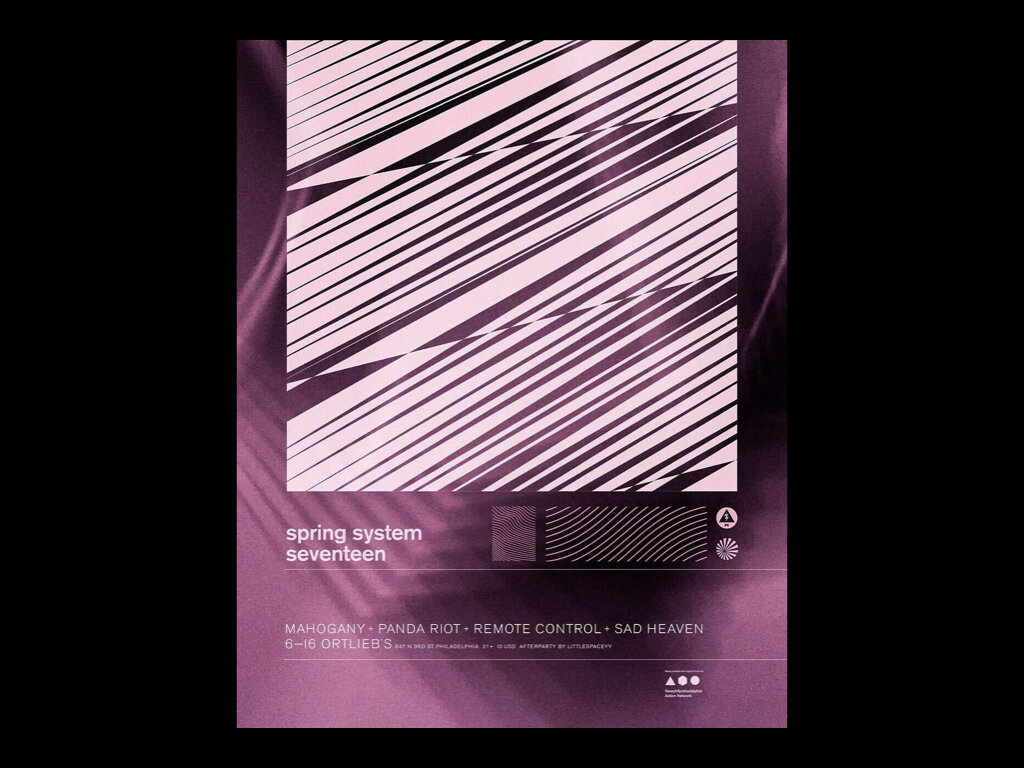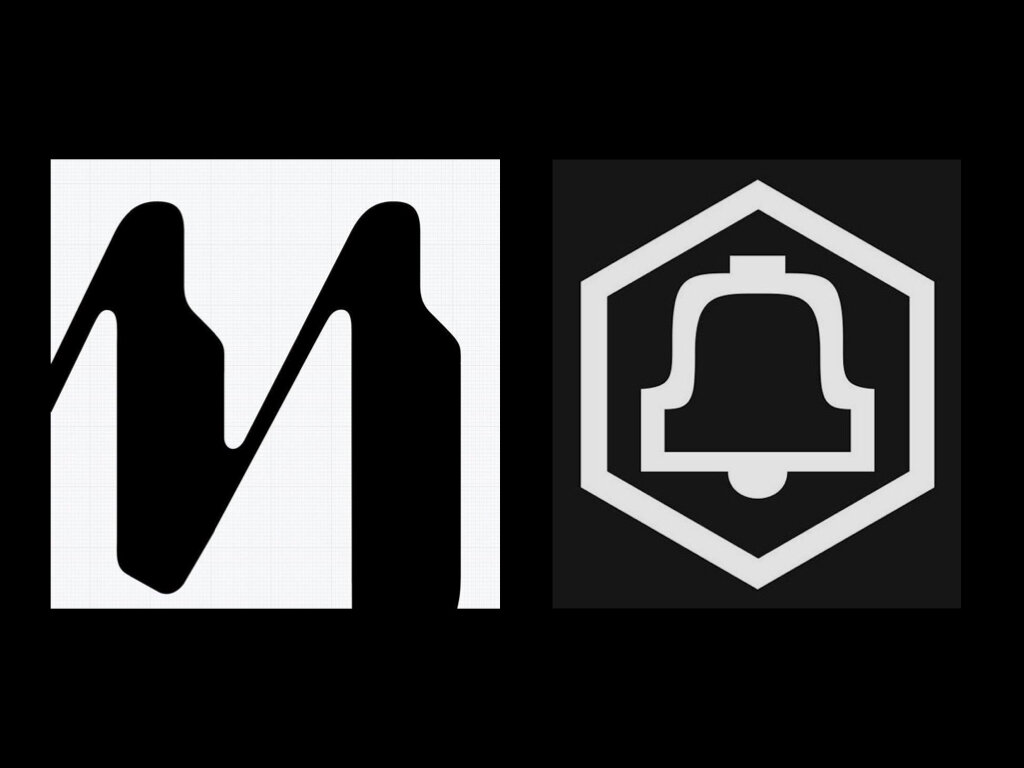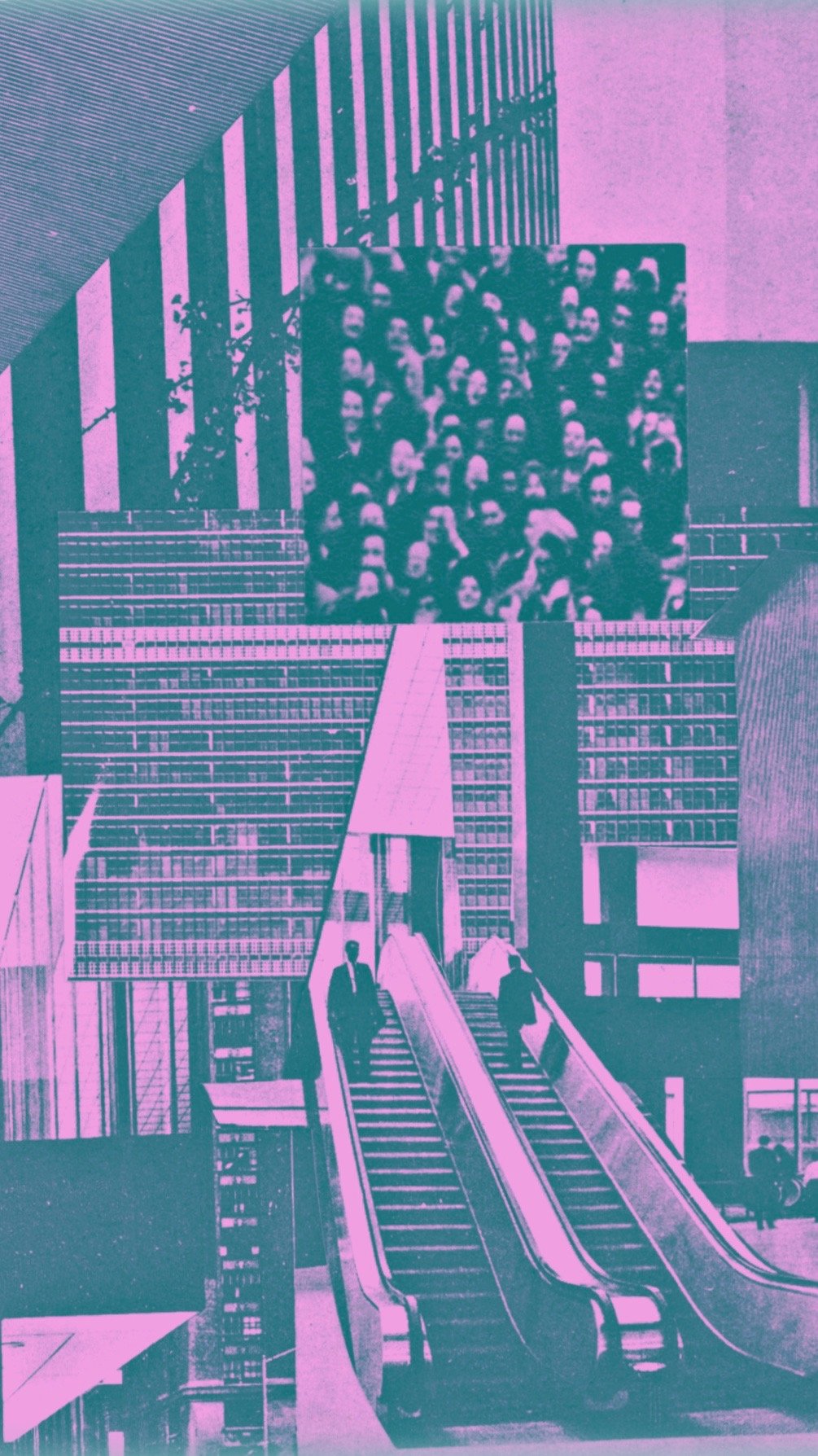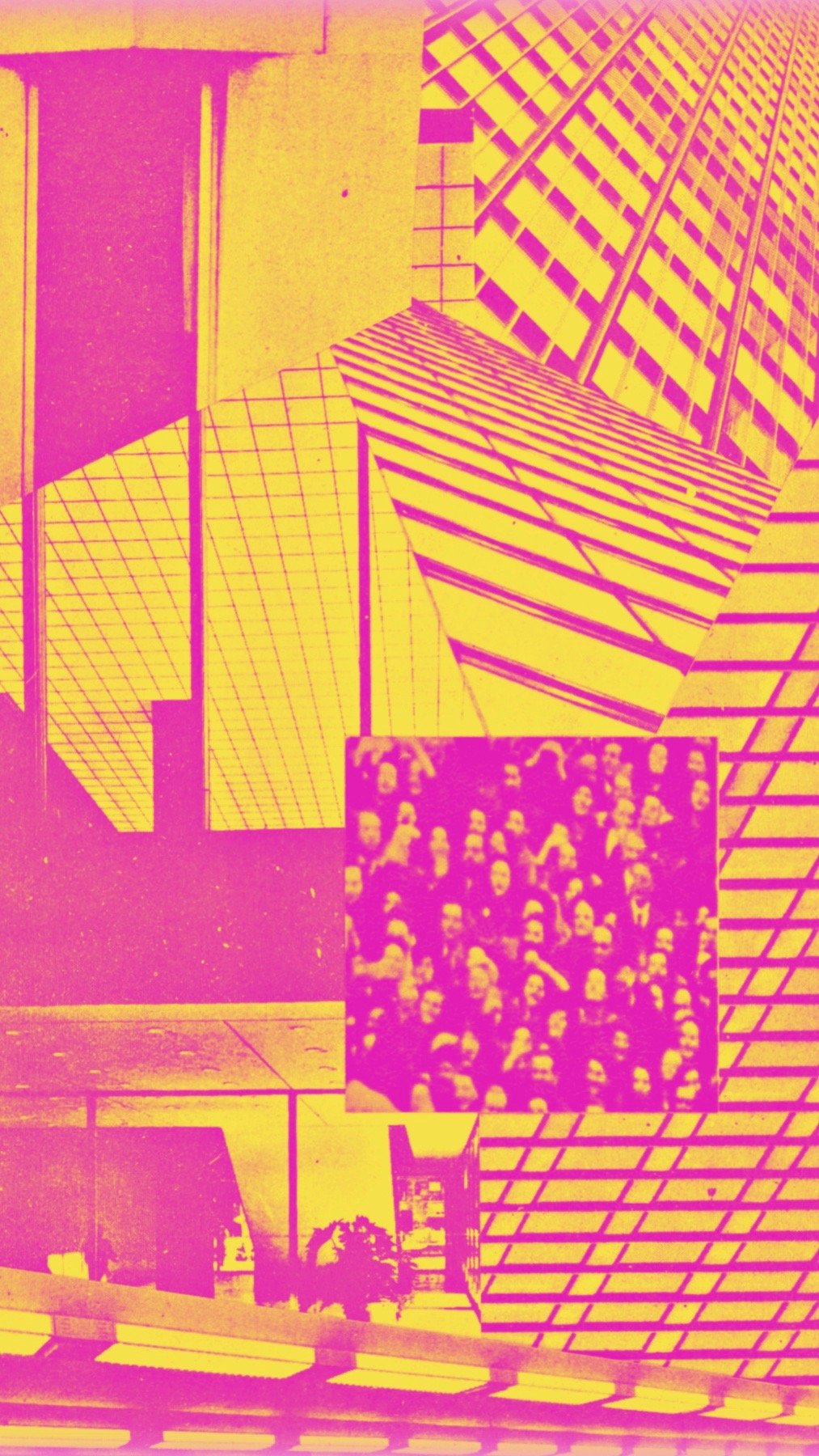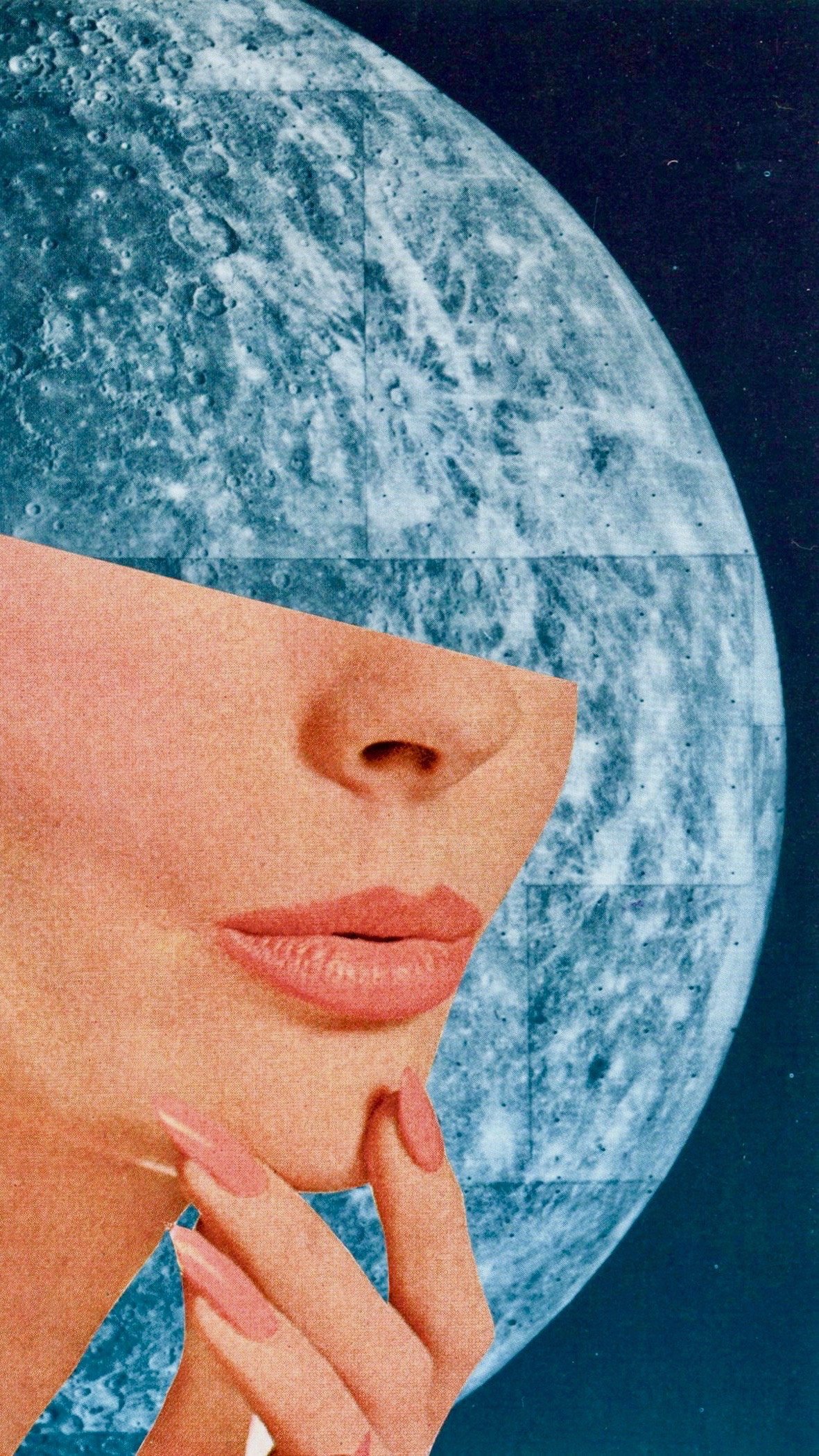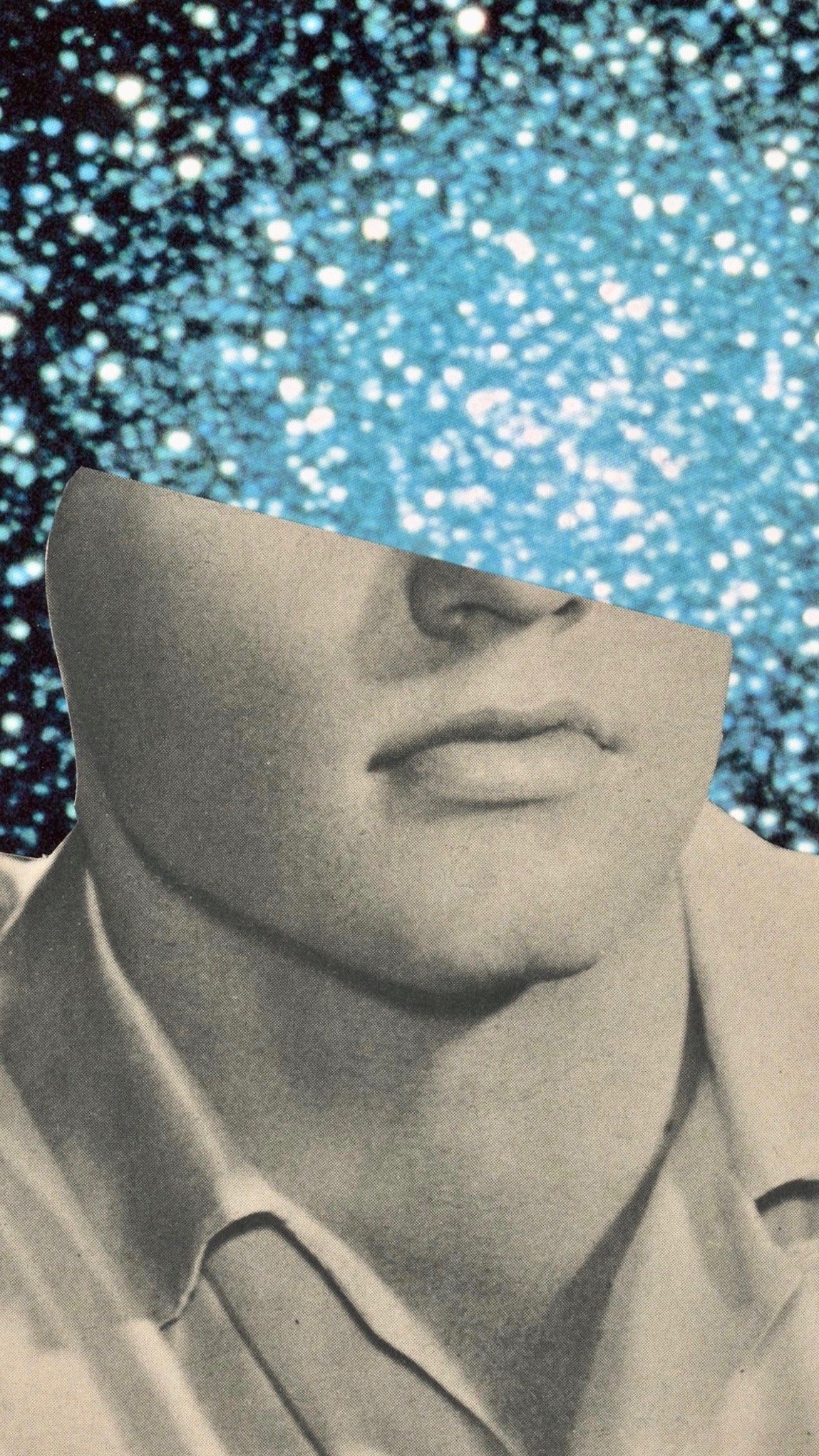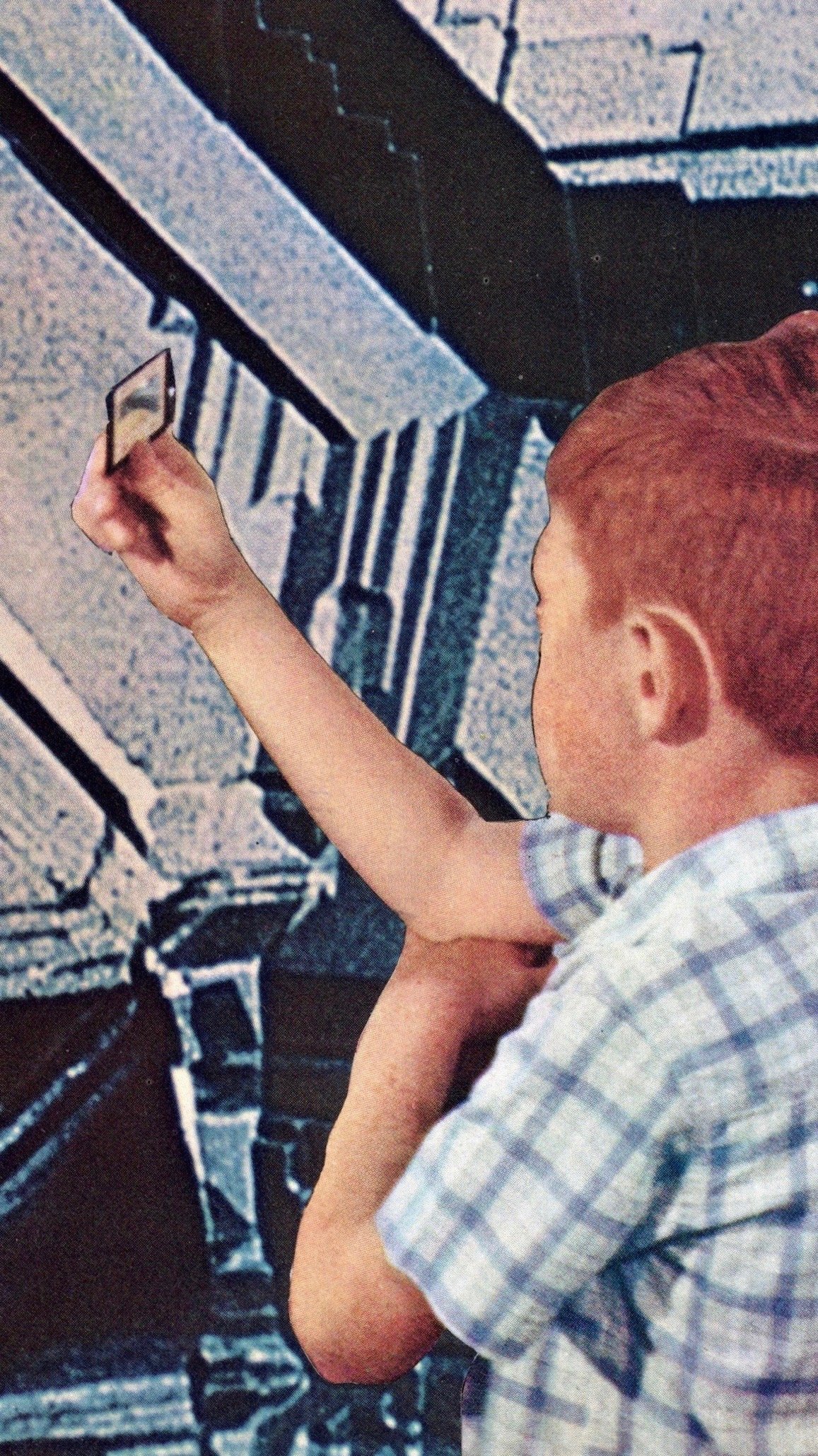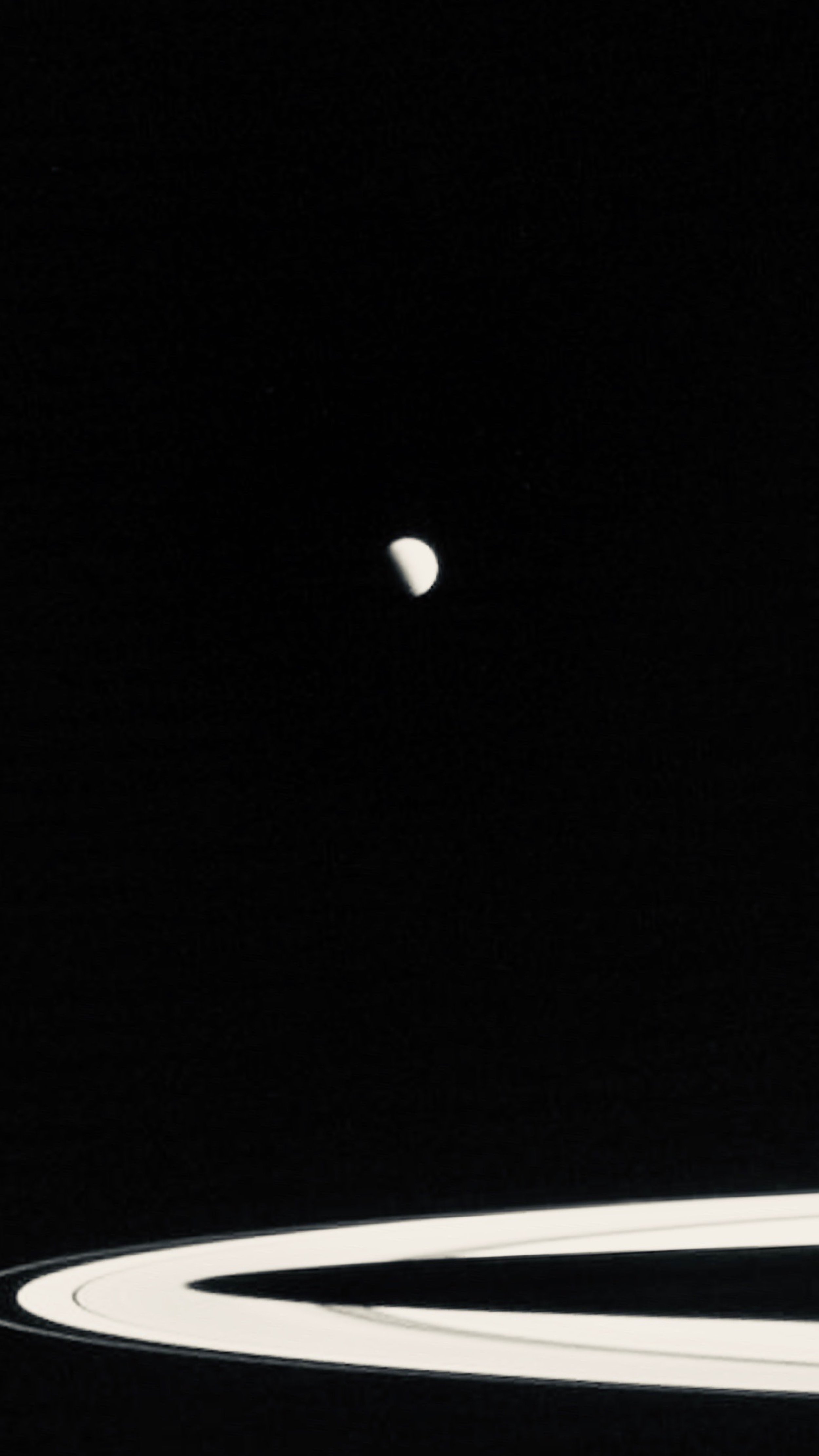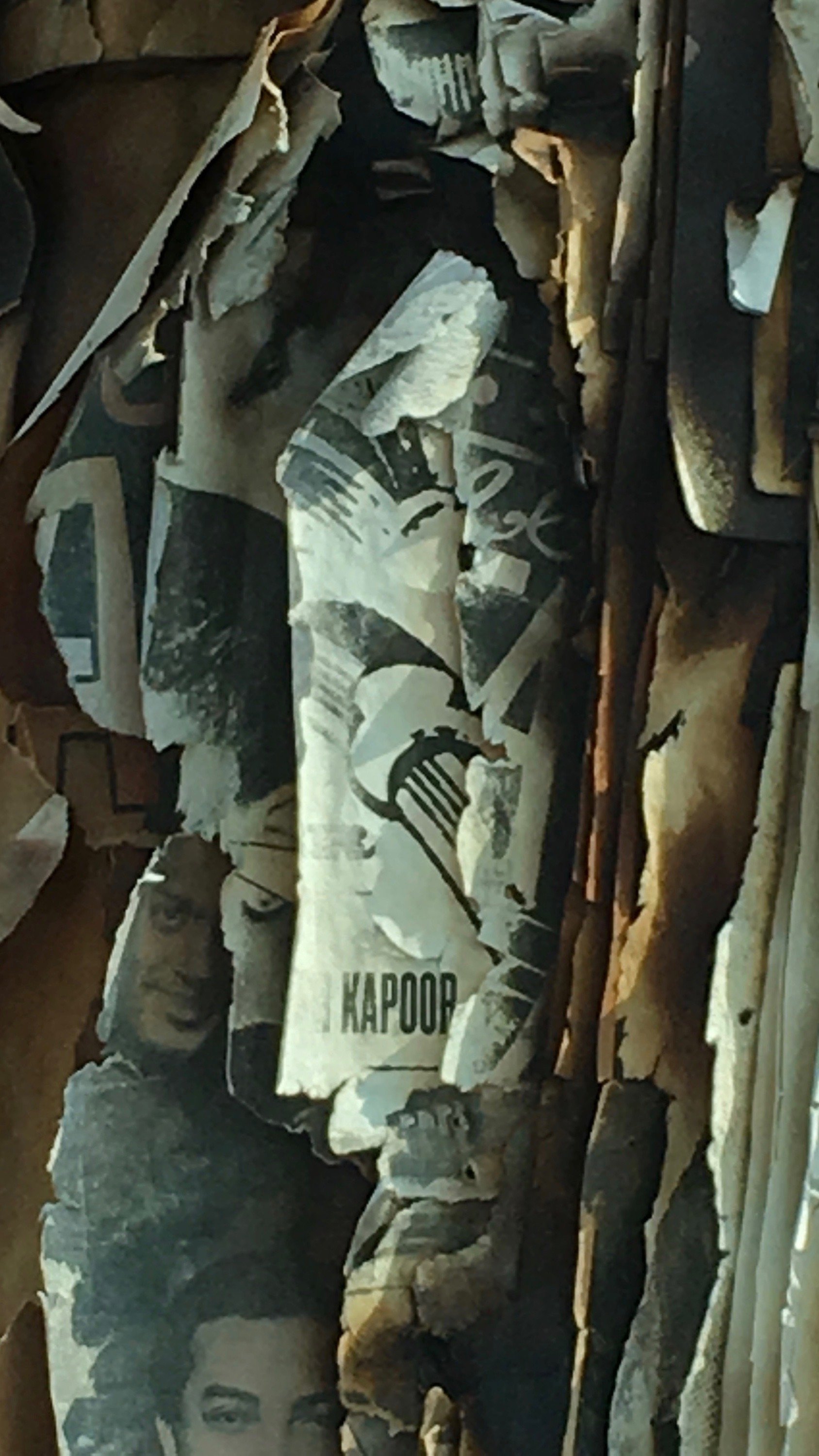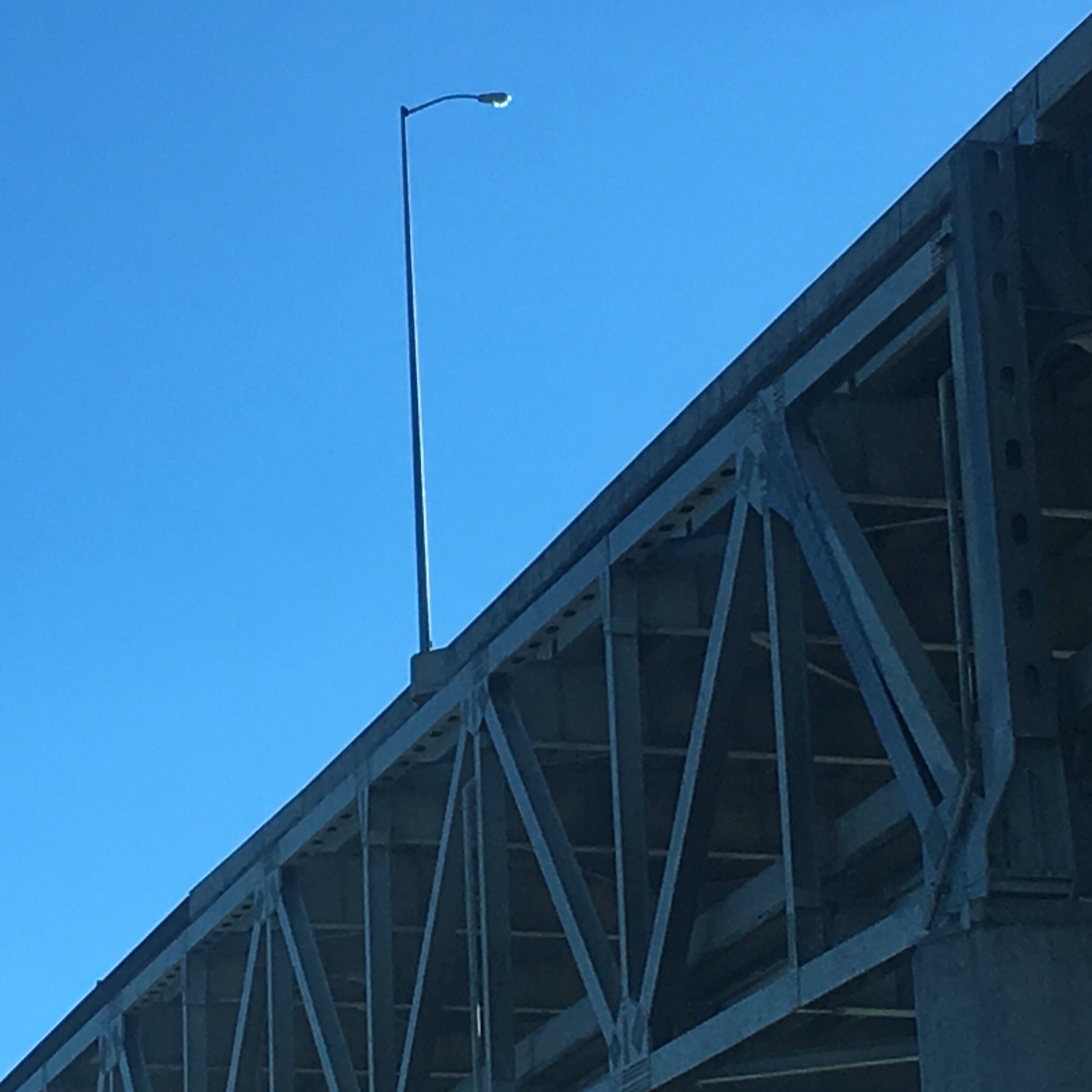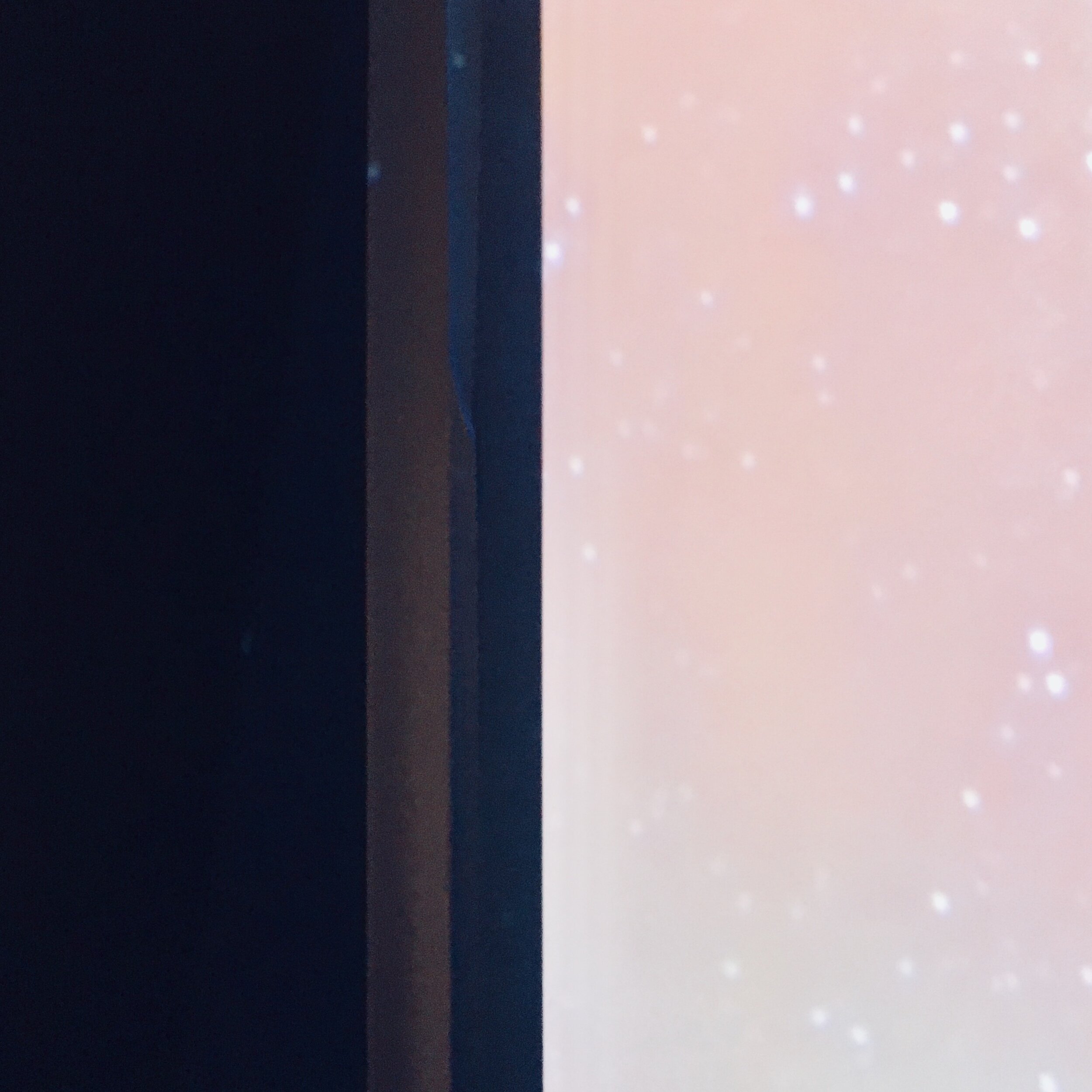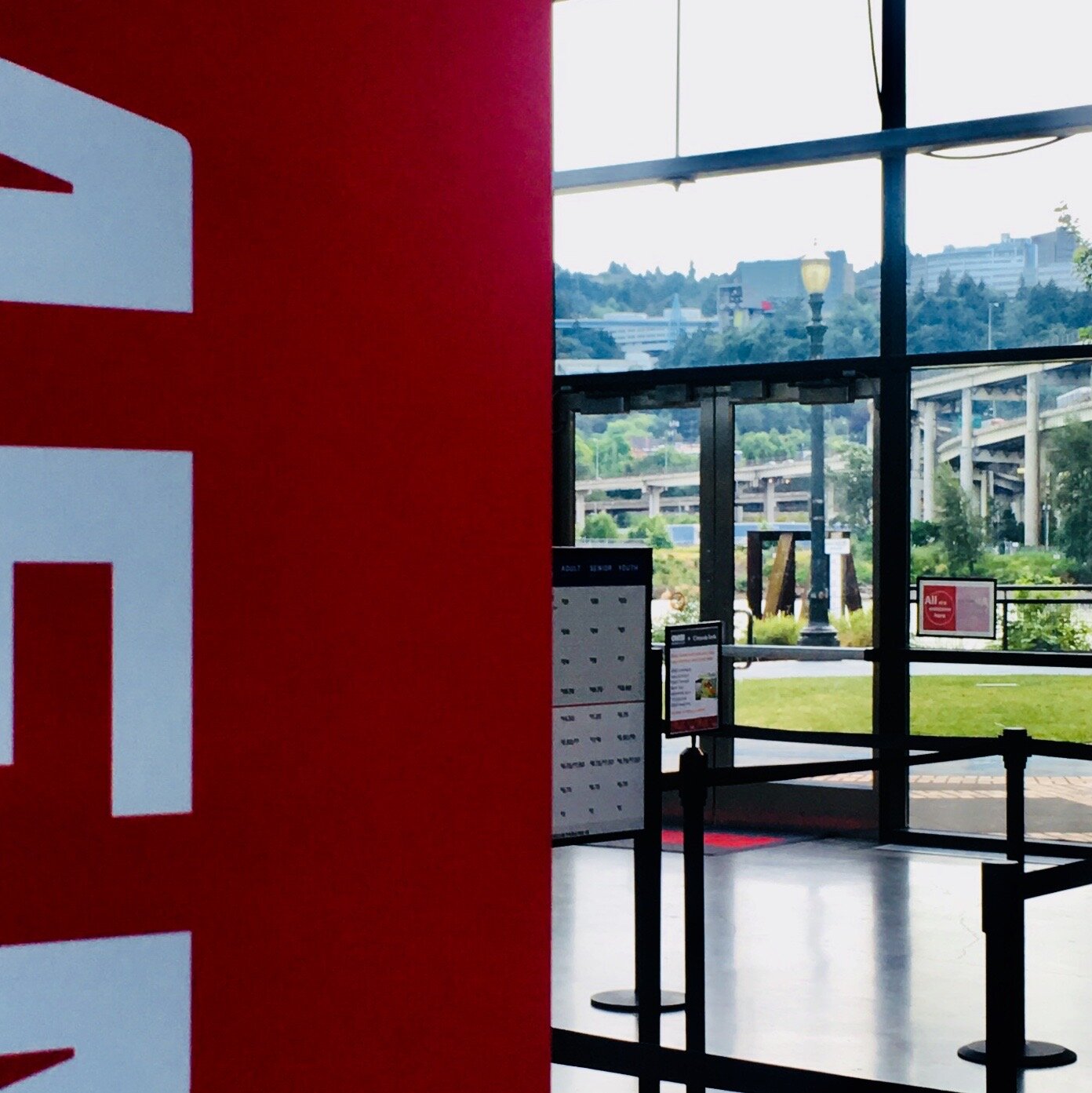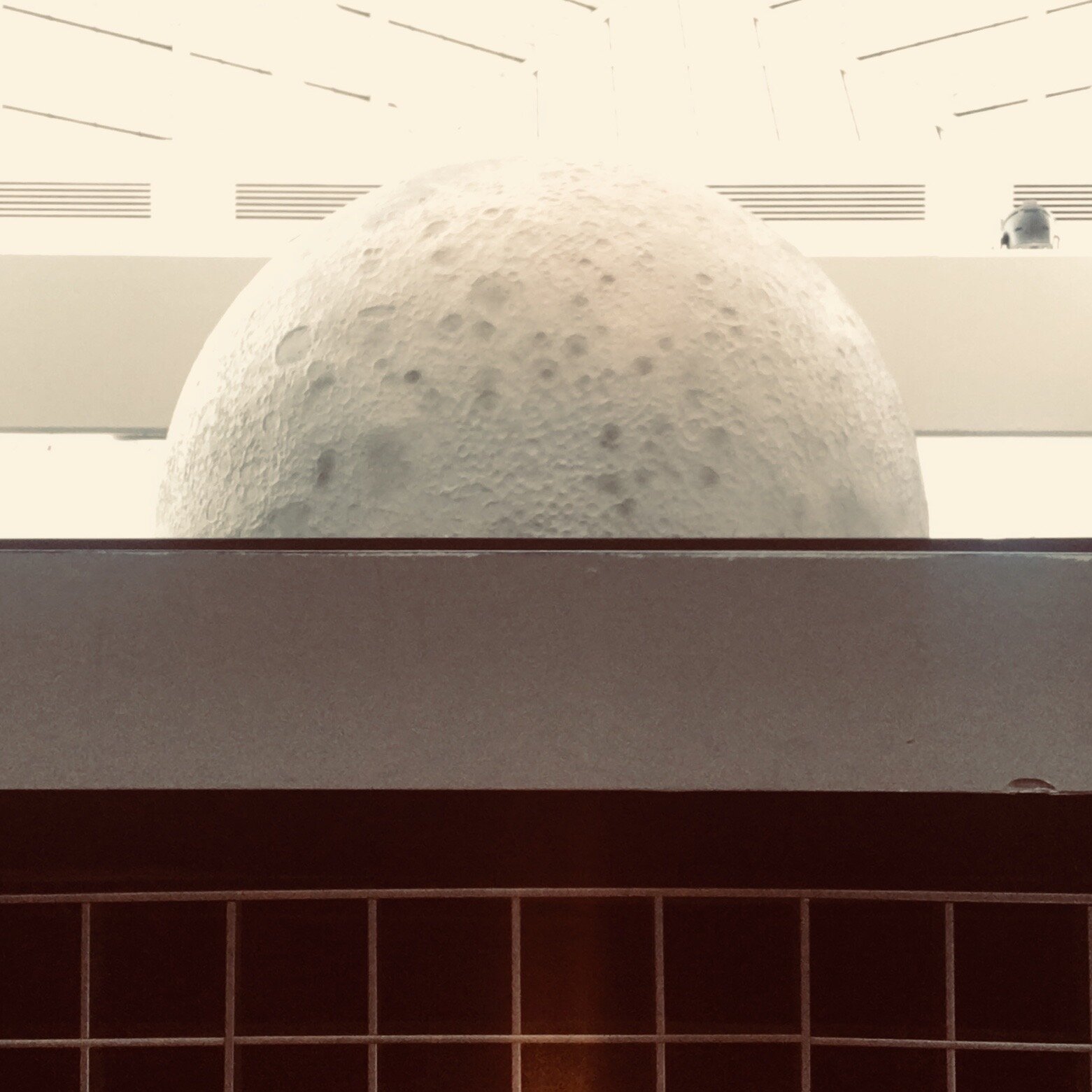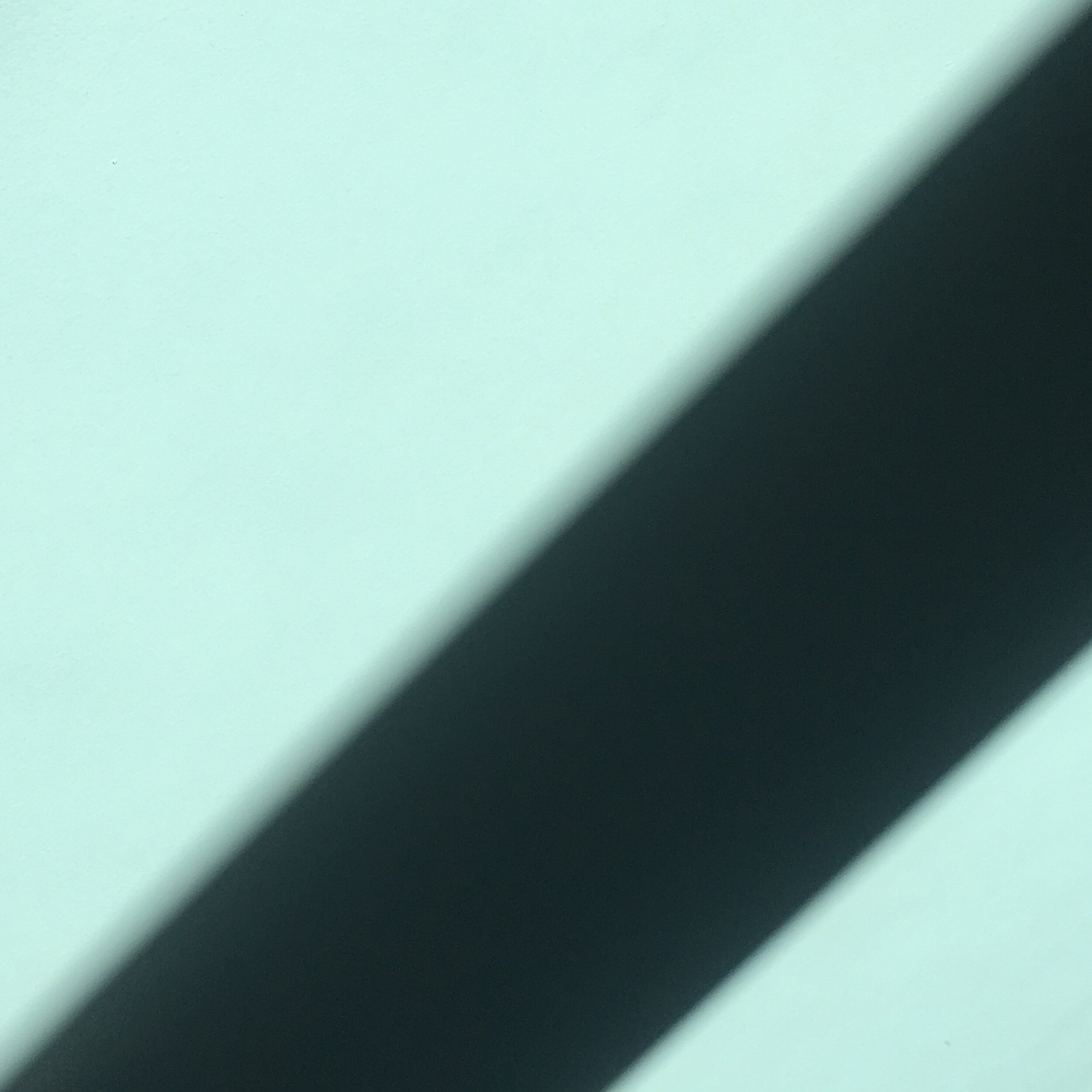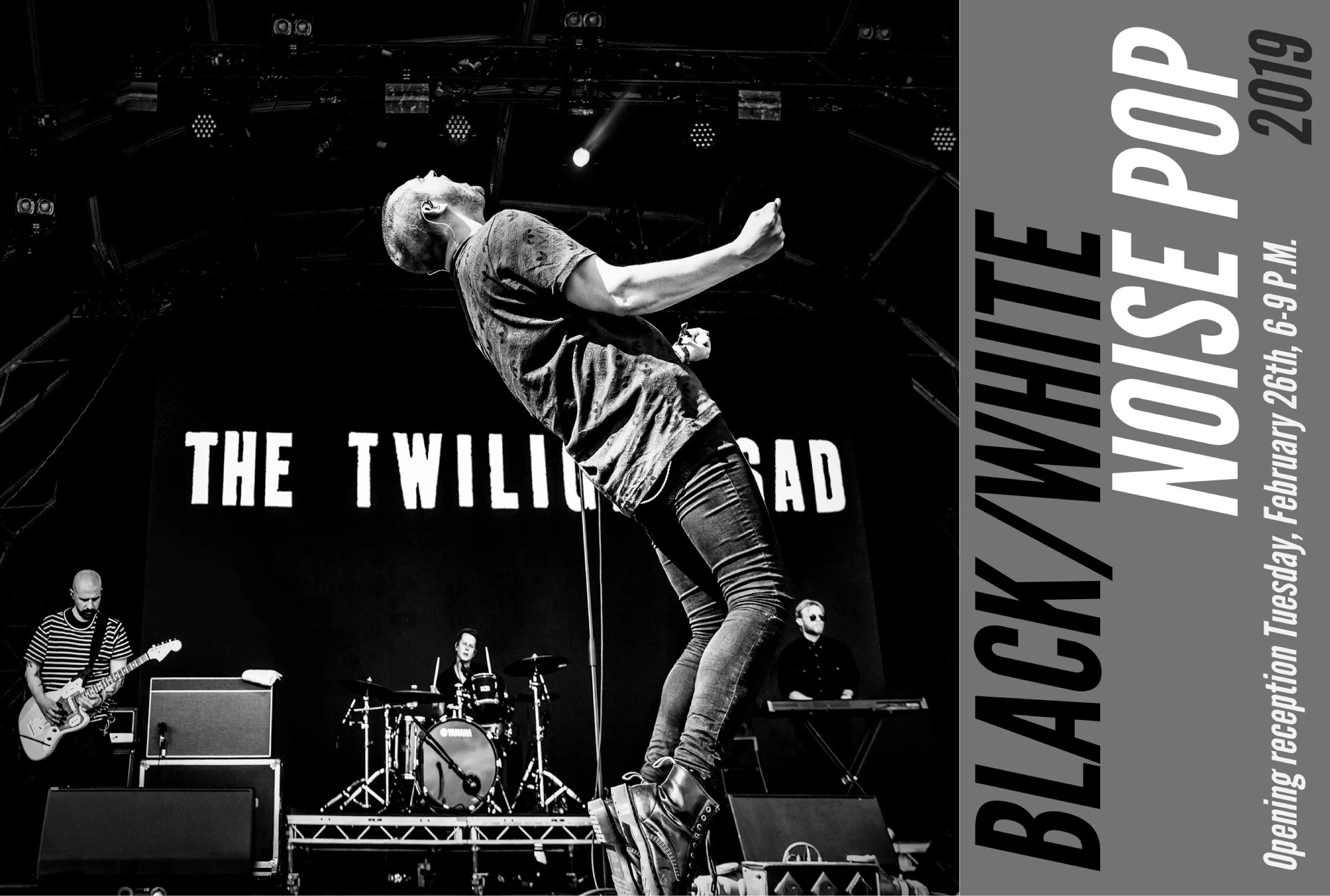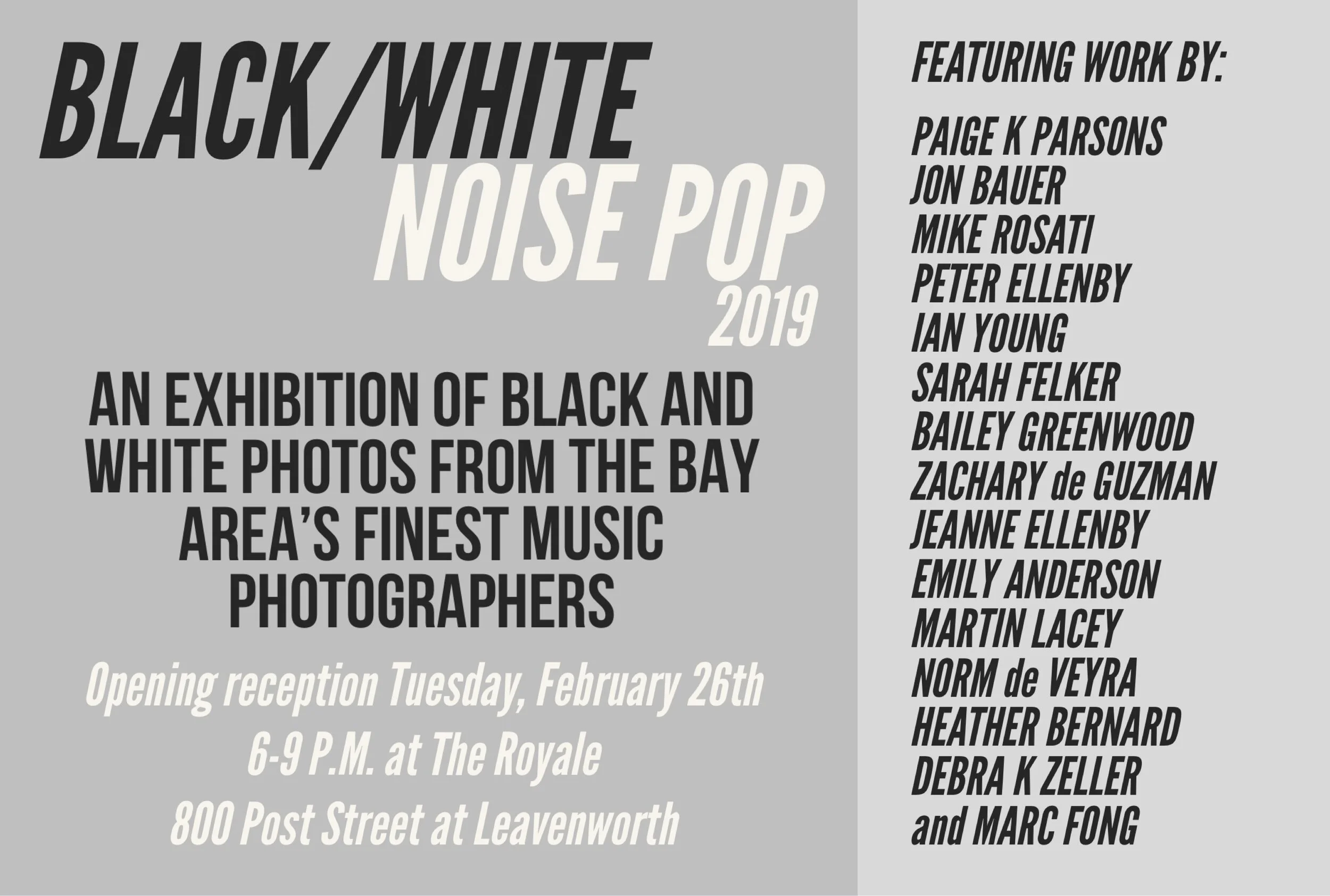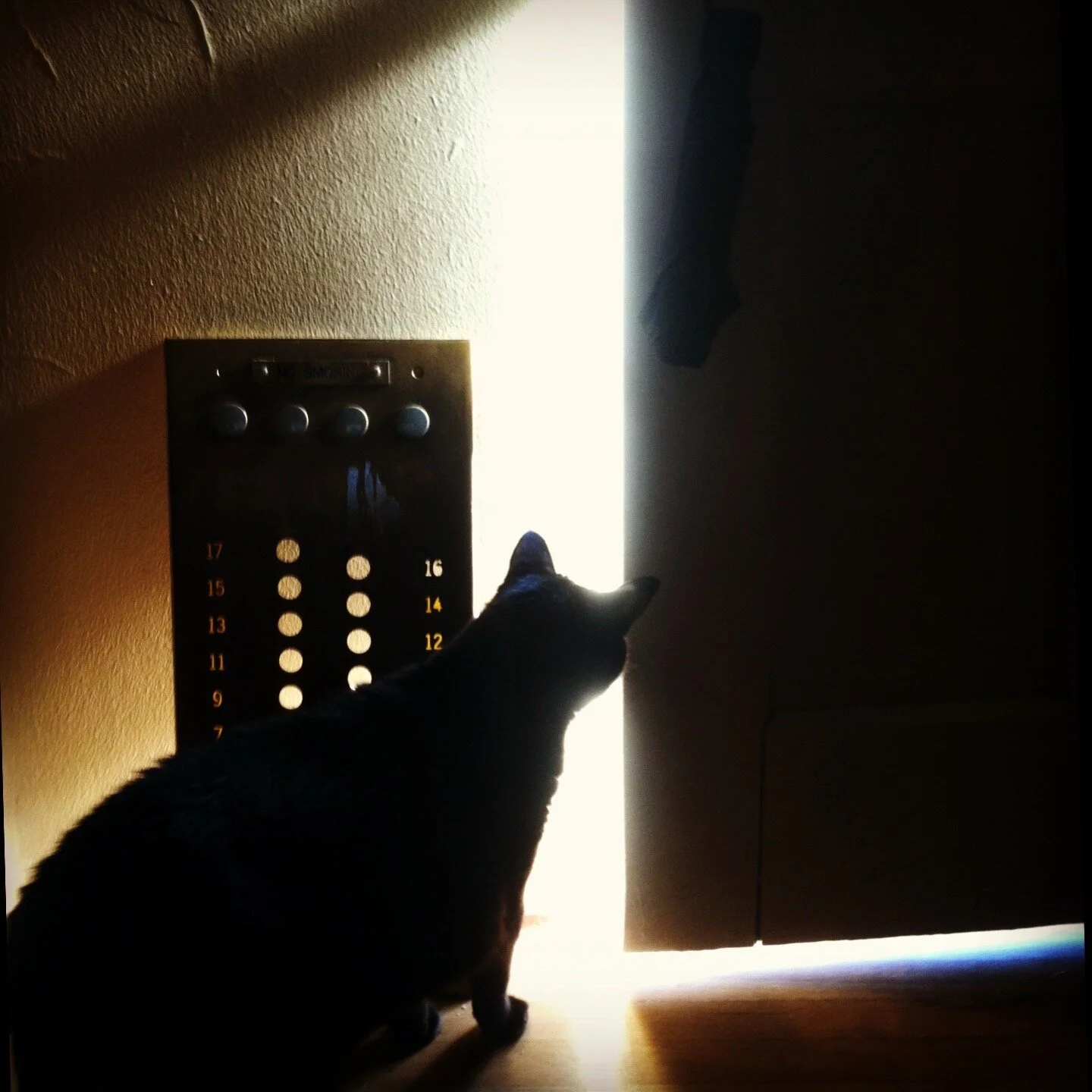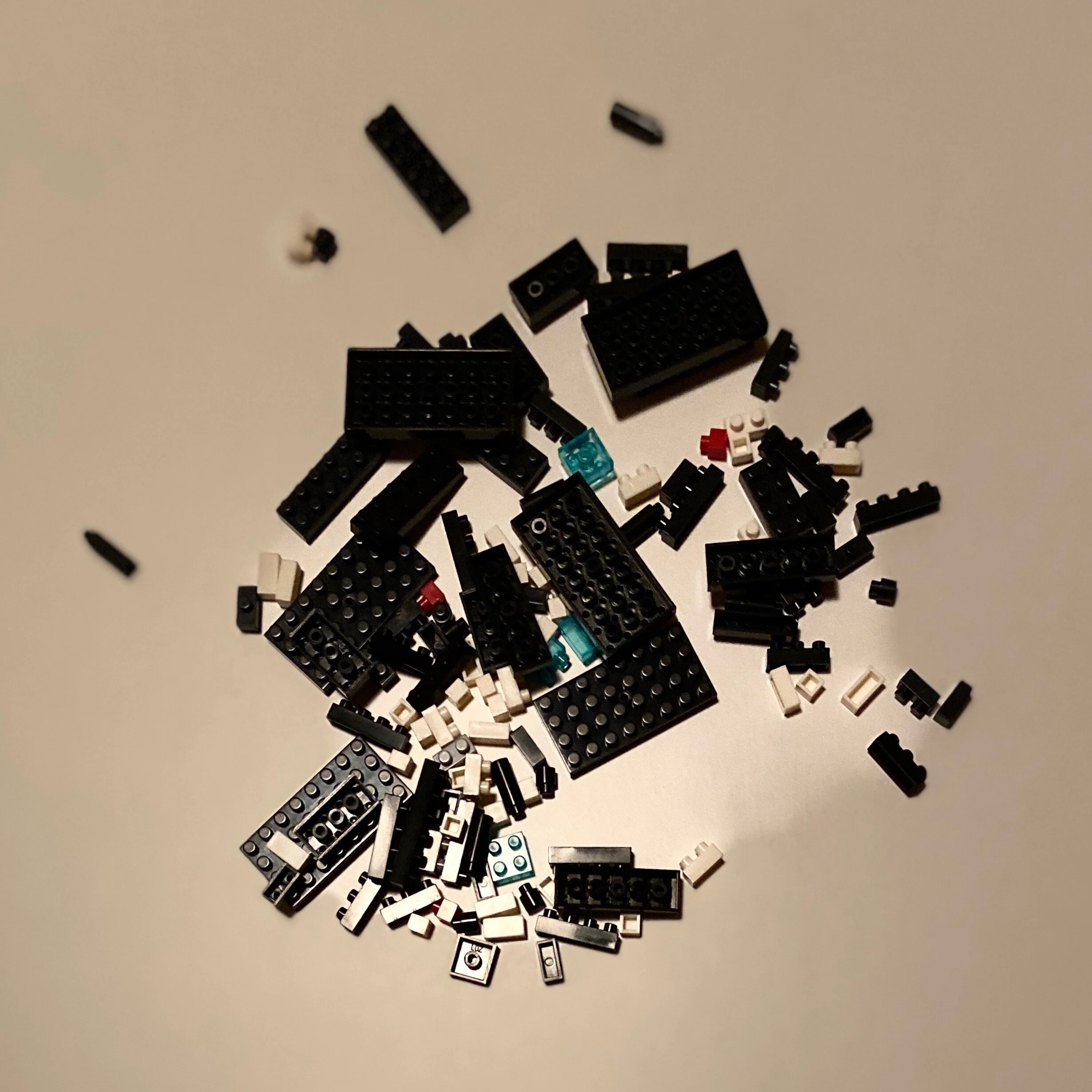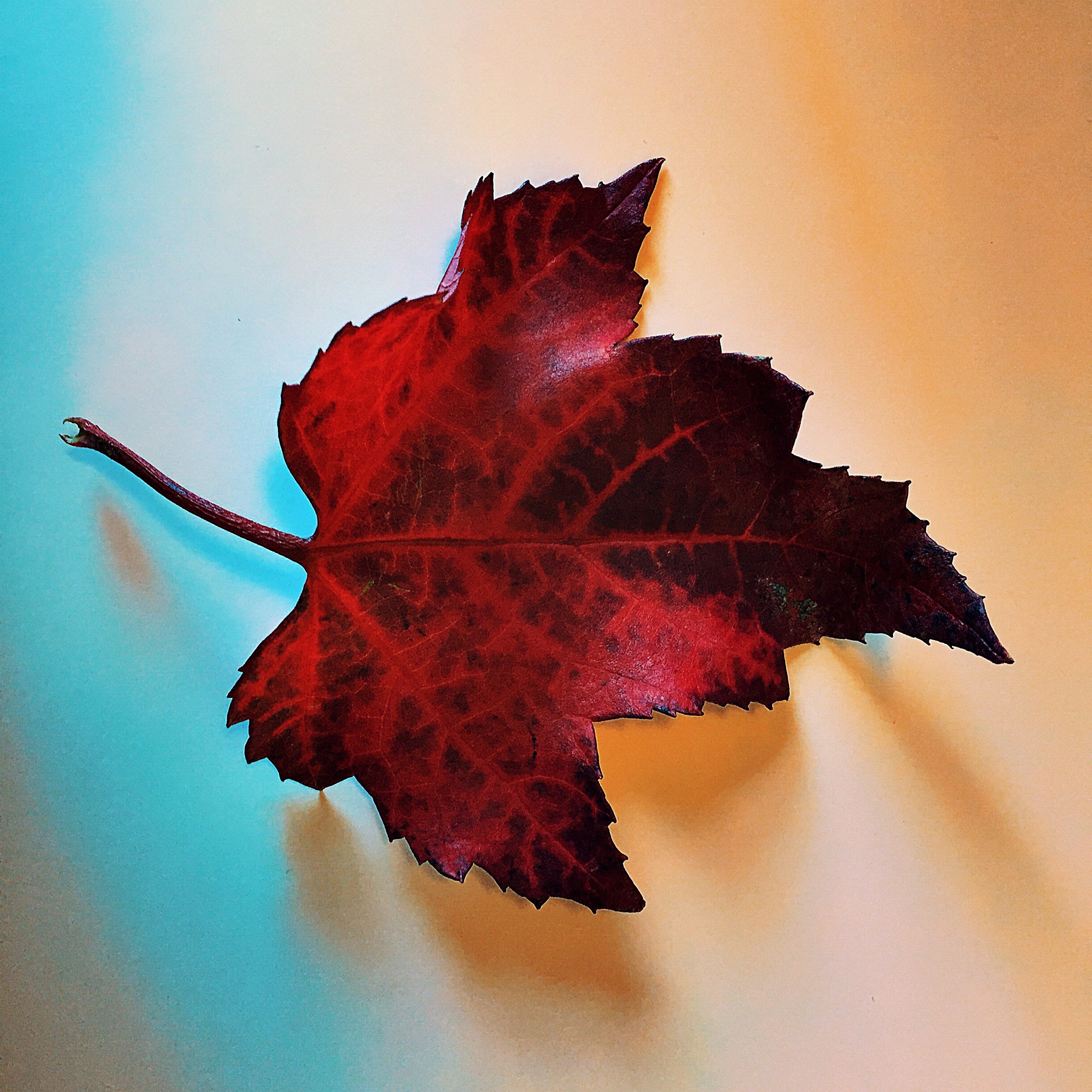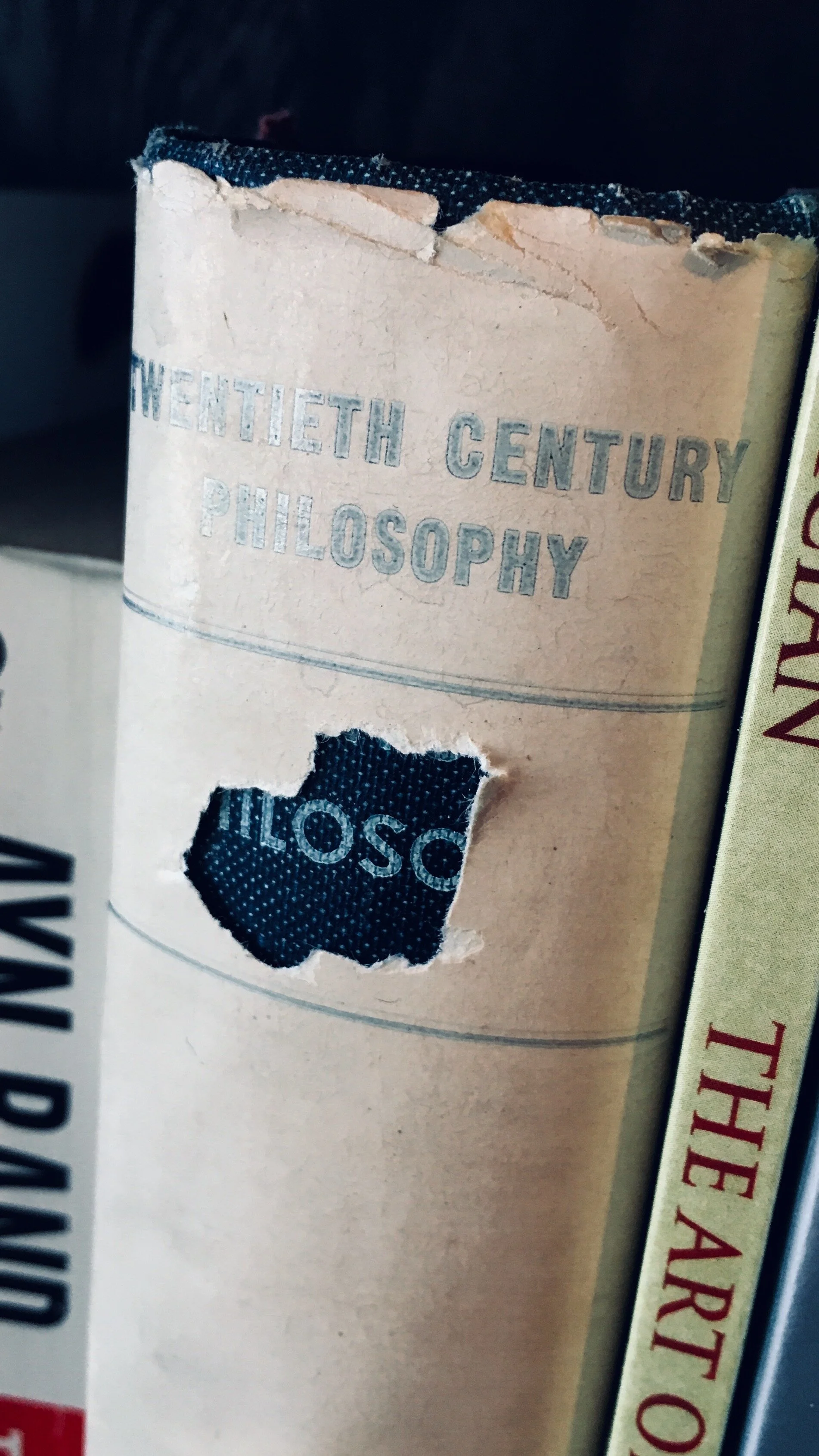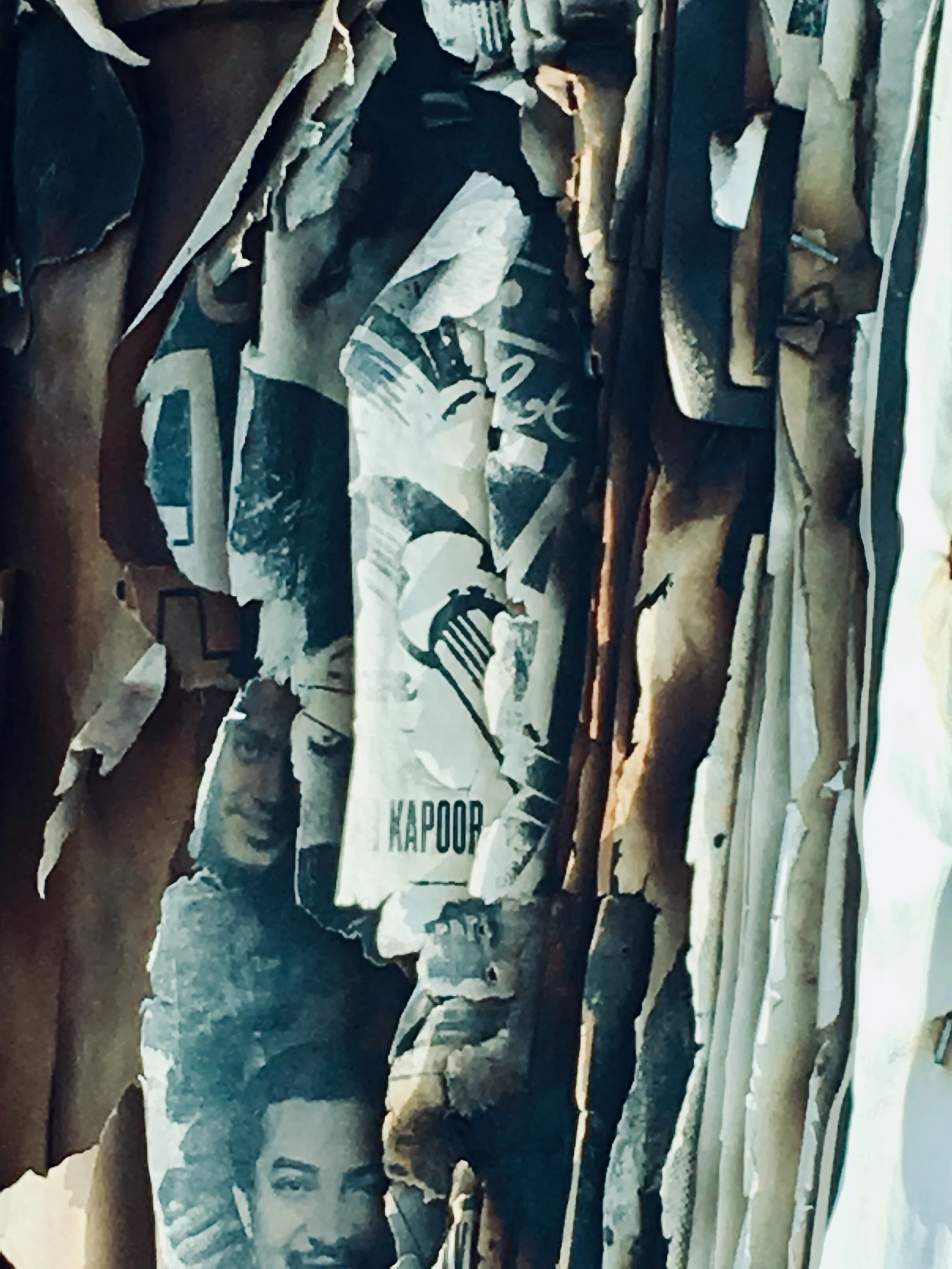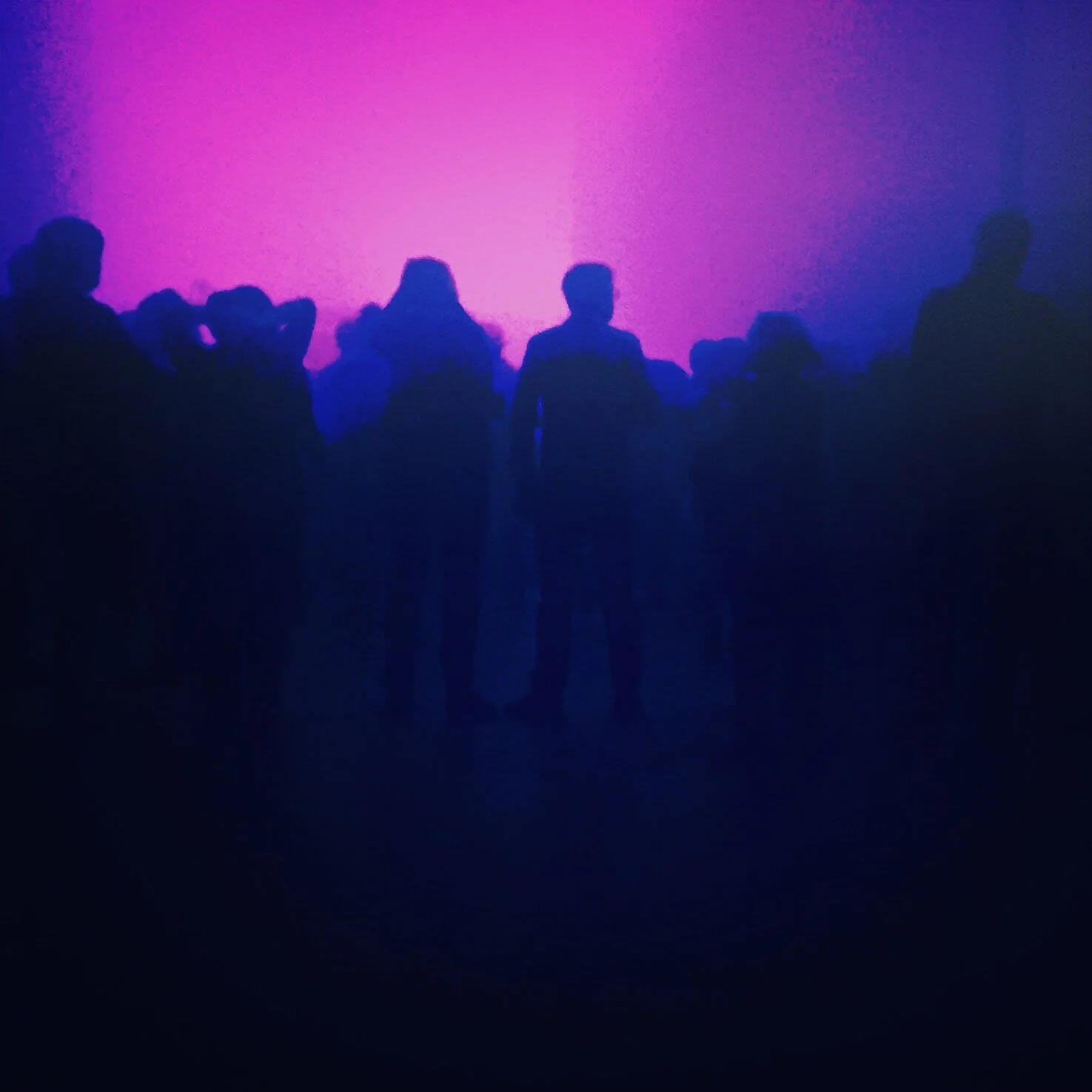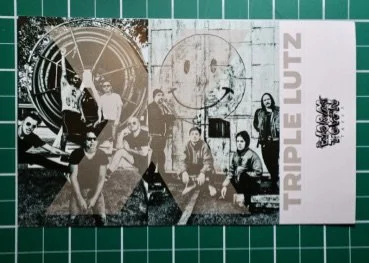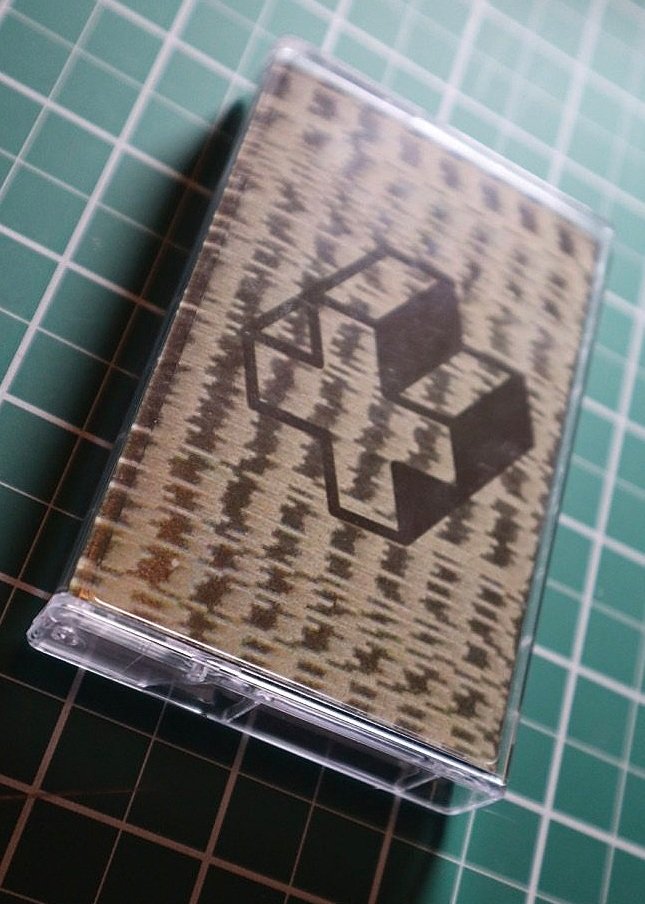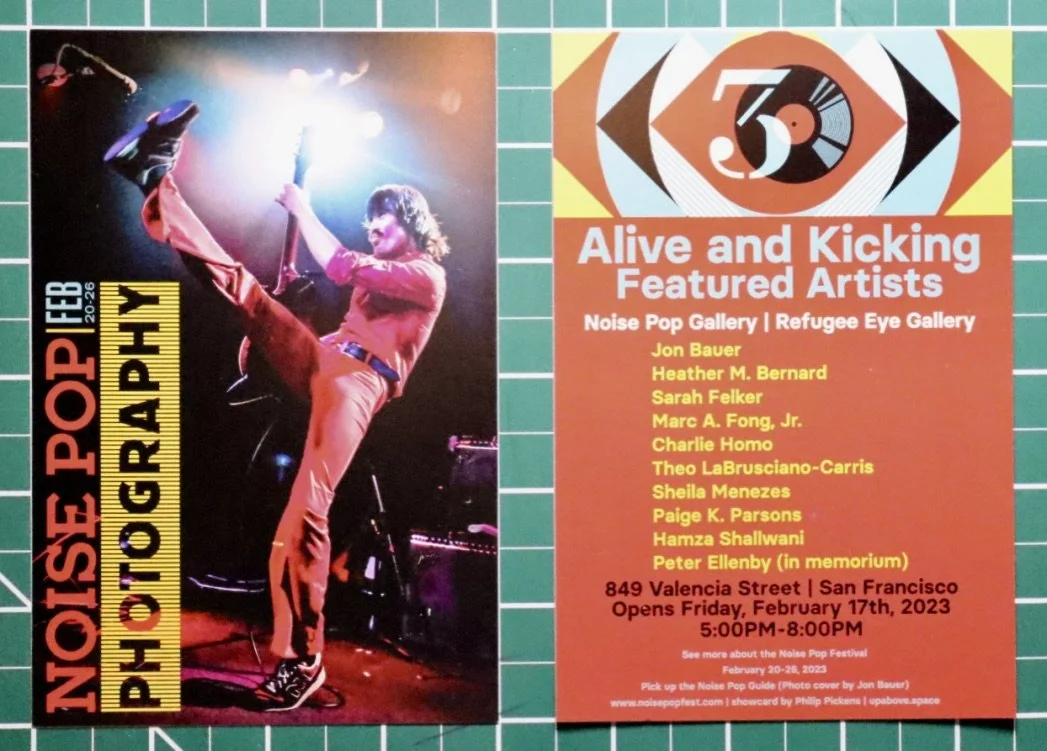I was commissioned to write a piece for LENS Magazine highlighting the work of photographer Paige K. Parsons. As the curator for most of Paige’s public showings, I spent a lot of time helping her choose what limited space she had for the LENS article. We almost forgot the Father John Misty photo, one of my favorites. Here is the full text of the essay:
A Connection is Made:
Paige K. Parsons’ Camera Mediates Artist and Audience
Essay by Philip A. Pickens
Paige K. Parsons’ journey has involved a series of serendipitous connections. As a photographer, mentor, and mother, her winding path has led her on a quest for joy and connection that have become her mission statement.
I grew up with Paige. She was the first person I connected with when I was the new kid in high school. Since 1985, we’ve been thick as thieves. As a teenager, Paige was a fan of underground music from the 80’s. Every bit of wall space in her bedroom was filled with posters of bands like Echo & the Bunnymen, The Specials, and Squeeze. There were cut-outs of men in kilts from GQ, postcards from thrift stores, and bumper stickers from the local New Wave radio station. She was partial to Yazoo, Blancmange, and Lloyd Cole. She loved Italian-made vehicles and looked cool as hell riding up to school in her father’s vintage convertible Fiat, or on her classic Vespa scooter. She turned heads with her penchant for vintage dresses and big (but appropriate) 80’s hair, and I think the other girls were a little jealous of her effortless cool. UK music magazines (Sounds, Smash Hits, Melody Maker, NME) provided a window into new music and also stunning photos of bands she had yet to see in concert. To this day, Paige has attended at least a concert or performance per month without fail. So yeah, Paige was intimidatingly cool.
Not one to follow the crowd, Paige doubled down and moved across the country with a suitcase filled with hopes and dreams. She attended the Massachusetts Institute of Technology, sight-unseen, with a newfound independence, and the future ahead of her. Her fondness for all things Italian launched her on a semester-long jaunt to Florence. Paige took a giant leap from taking photos of friends and family to studying traditional photography and darkroom techniques while she was abroad. Before her return to the States, she attended Morrissey’s first ever solo performance in Wolverhampton, UK after the Smiths had split. The photos from this event weren’t winning any awards (yet), but showed a powerful depiction of a musician connecting with his audience. The shots of fans jumping on-stage and successfully pulling off Morrissey’s shirt were thrilling, and were some of her first photographs that brought the viewer into the lens.
By her early twenties, Paige augmented her studies by working at The Tech, MIT’s newspaper. By then, I had moved to Boston to be closer to her, and to take a job at Tower Records on Newbury Street and Mass Ave. Paige was still as much of a music fan as ever, and we never missed a show. She attended concerts, snapping a photo now and again, and also wrote about these events for The Tech. As she continued studying photography at MIT’s Media Lab, it never crossed her mind that photography could be a career. As she faced the 90’s, the combination of photography and her love of music seemed mostly a diversion that filled the soul, not the bank account.
After graduating from MIT, Paige put her degree in Art & Design to good use, leveraging her visual and analytical skills to design some of the first web-based user interfaces for Apple and Netscape. The tech industry was the next big boom, and Paige could have continued riding the crazy train that is Silicon Valley. However, her true heart didn’t reside in a cubicle, and a family was on the horizon. The birth of her children changed Paige forever.
“They cracked my heart wide open,” she says. “They gave me the gift of feeling truly vulnerable for the first time in my life.” Like any proud parent, she wanted to document everything. The timing couldn’t have been better. At the turn of the century, digital cameras brought an entirely new approach to photography. They gave photographers an unprecedented ability to snap away, and edit later – even on a laptop, in the park, while minding a toddler – instead of in a cramped, isolated darkroom. Paige has tens of thousands of images from her children’s upbringing. When visiting her home, there is a photo of a family member, or close friends, on just about every surface. On tables, walls, and kitchen counters, you are surrounded by joy-filled memories, literally at your fingertips. This visual “mosaic of meaning” was something Paige had been steeped in from an early age. Both her mother’s and Grandmother’s homes were adorned with family photos and cross-stitched mini-masterpieces passed down through generations. Many of these heirloom pieces are in Paige’s home today.
Paige always had a soft spot for the newest digital toys and tools. Her first real digital camera was a Nikon Cool Pix 995 – gimmicky with a swivel body, but impressive enough for Paige to continue using Nikon cameras for her work to this day. As she began shooting in earnest, she used a Nikon D70 with a 24-200mm kit lens, which she soon outgrew, but gave her a lot of flexibility to learn. As her concert photography took off, she needed to get the best camera and lens she could for low light. Paige doesn’t disrupt artists by using a flash, and still uses her trusty workhorse, the Nikor 2.8 24-70mm. These days it’s paired with a Nikon D5 and D4. She’ll tell anyone she’s mentoring not to be afraid of low light and high ISO. She does what it takes to get the shot, grain be damned.
So how did Paige K. Parsons end up being one of the recognizable names in West Coast rock photography? “If there has been one constant in my life, it has been my love of live music.” Paige says. “Concerts are where I have always felt the most connected to the world.” In the mid 2000’s she began bringing her camera to shows, and shot from the audience to see what kind of results she could get. Many of her recent crowd shots, and her ideas of connections between the artist and audience, are influenced by her own immersion in the crowd during this era.
Soon after Lollapalooza resurfaced in 2005, Paige went to visit family in Chicago, the festival’s new destination. She read about a modern Willy-Wonka type named Matt Allen, aka The Ice Cream Man. His goal was to give away half a million free bars of ice cream, most often at music festivals. Such small, ephemeral acts of kindness appealed to Paige. “His message and philosophy resonated with me.”
Paige reached out about possibly sending some shots from the festival to The Ice Cream Man. In a twist of fate, Matt needed a photographer to document the first day of Lollapalooza, leading to a series of firsts – Paige’s first music festival, her first-ever photo pass to shoot from the pit, and her first published live music photographs. Weeks later, she would reunite with Ice Cream Man at the inaugural Treasure Island Music Festival in San Francisco. This was the start of a fruitful connection with both Ice Cream Man and Treasure Island Music Festival. She has shot the festival every year for the past twelve years.
Paige quickly made connections with many of San Francisco’s top rock photographers and promoters. Her natural ability to get “the shot” quickly got the attention of her peers, media outlets, and eventually bands and their labels. She holds down a residency as the house photographer at the famed Fillmore in San Francisco — arguably one of the most iconic music venues in the world — and shoots there up to four times a week. Paige has created generation-spanning relationships with artists such as Fleet Foxes and The Twilight Sad, whose parents became fans because she captured the essence of their children. I have alway been in awe of her work and the recognition she has received. To be commissioned by Indie icons such as Flaming Lips and Björk, or the Hard Rock Hotel is, in a word, mind-blowing. In a field usually dominated by men, Paige has been an example and a mentor to other photographers in the Bay Area. One of the things I’ve always admired about Paige is that she isn’t a competitor, she’s a collaborator. In the words of one of our favorite artists, Glass Candy, Paige “came down to this place to fill up the corners with (her) everlasting light.” And that’s why I love her.
In addition to her Fillmore residency, Paige spends festival season shooting Outside Lands, and Treasure Island Music Festival in San Francisco. She still visits Lollapalooza now and again, and loves shooting at the Gorge in western Washington. Just like she did 30 years ago at MIT, she still shoots and reviews shows for several indie music sites. She also curates year-end “best of” lists featuring her favorite photos, giving readers a run down of her most memorable concerts from the past year. In 2013 she assumed the role of head photographer for the Noise Pop Festival, for which she manages a dozen photographers, and works to create community amongst the many talented young photographers of the Bay Area.
